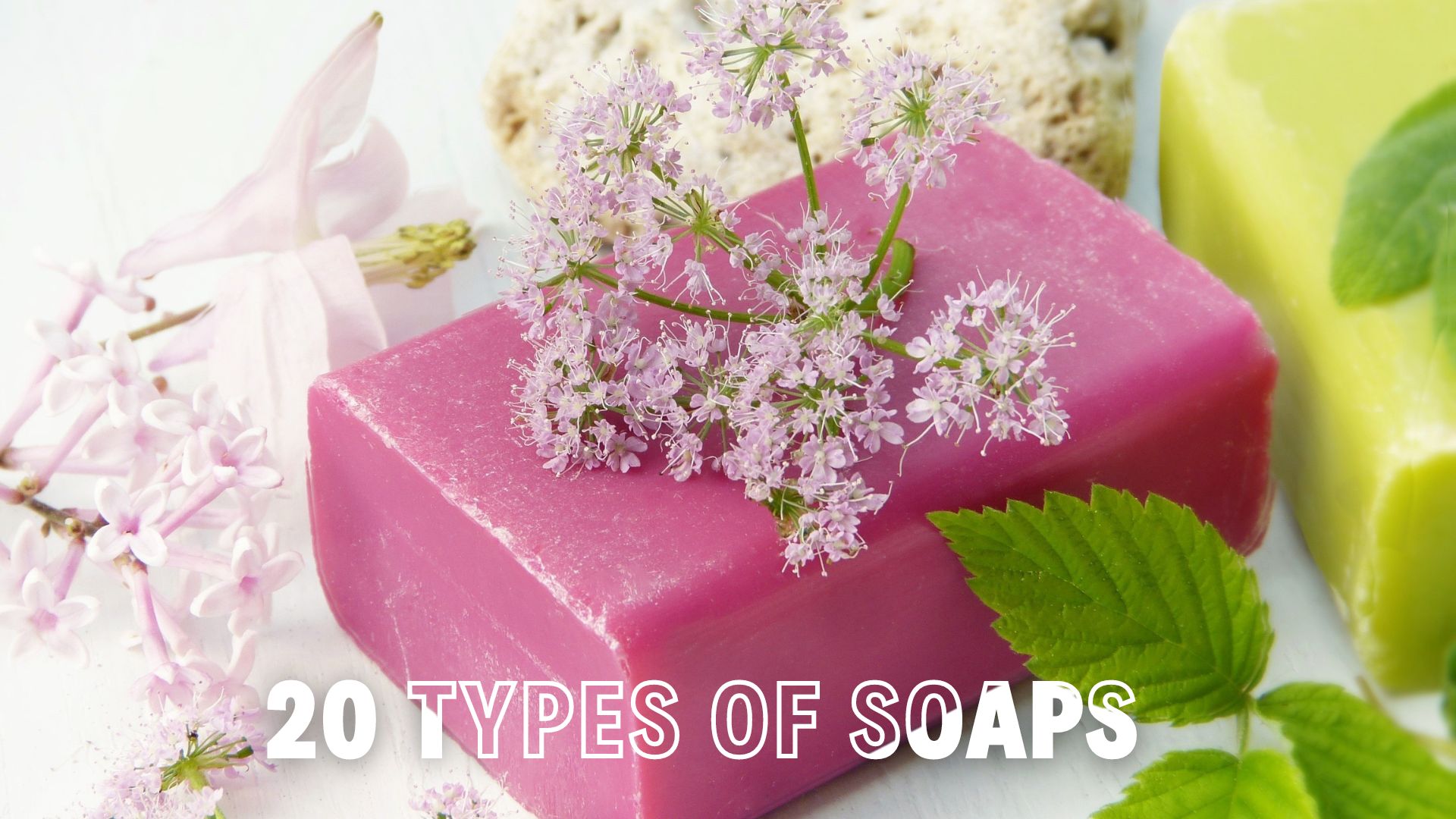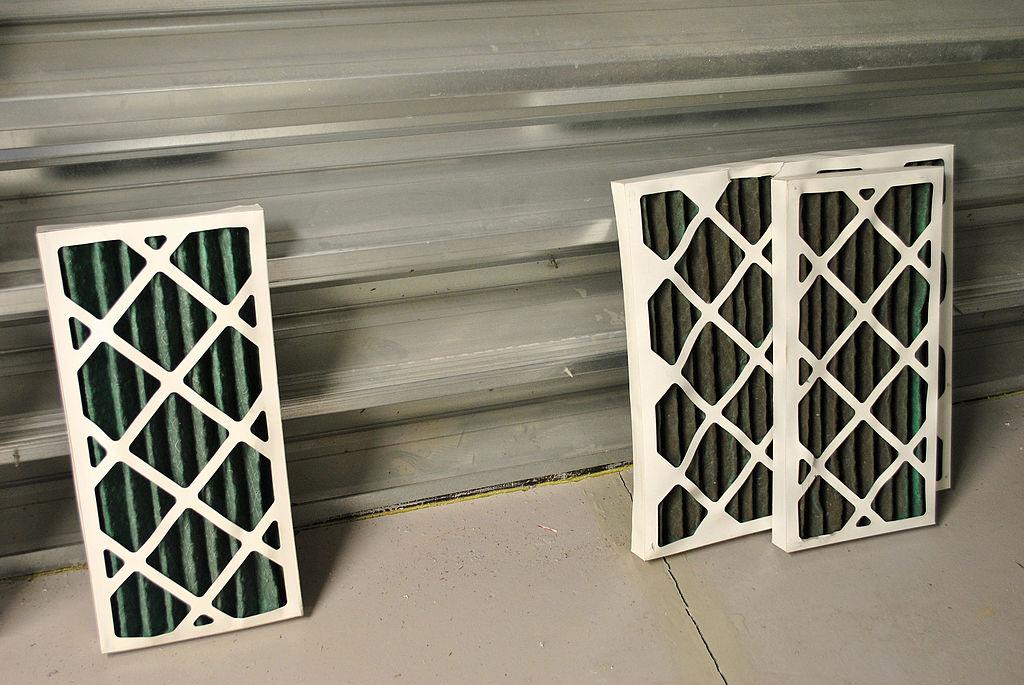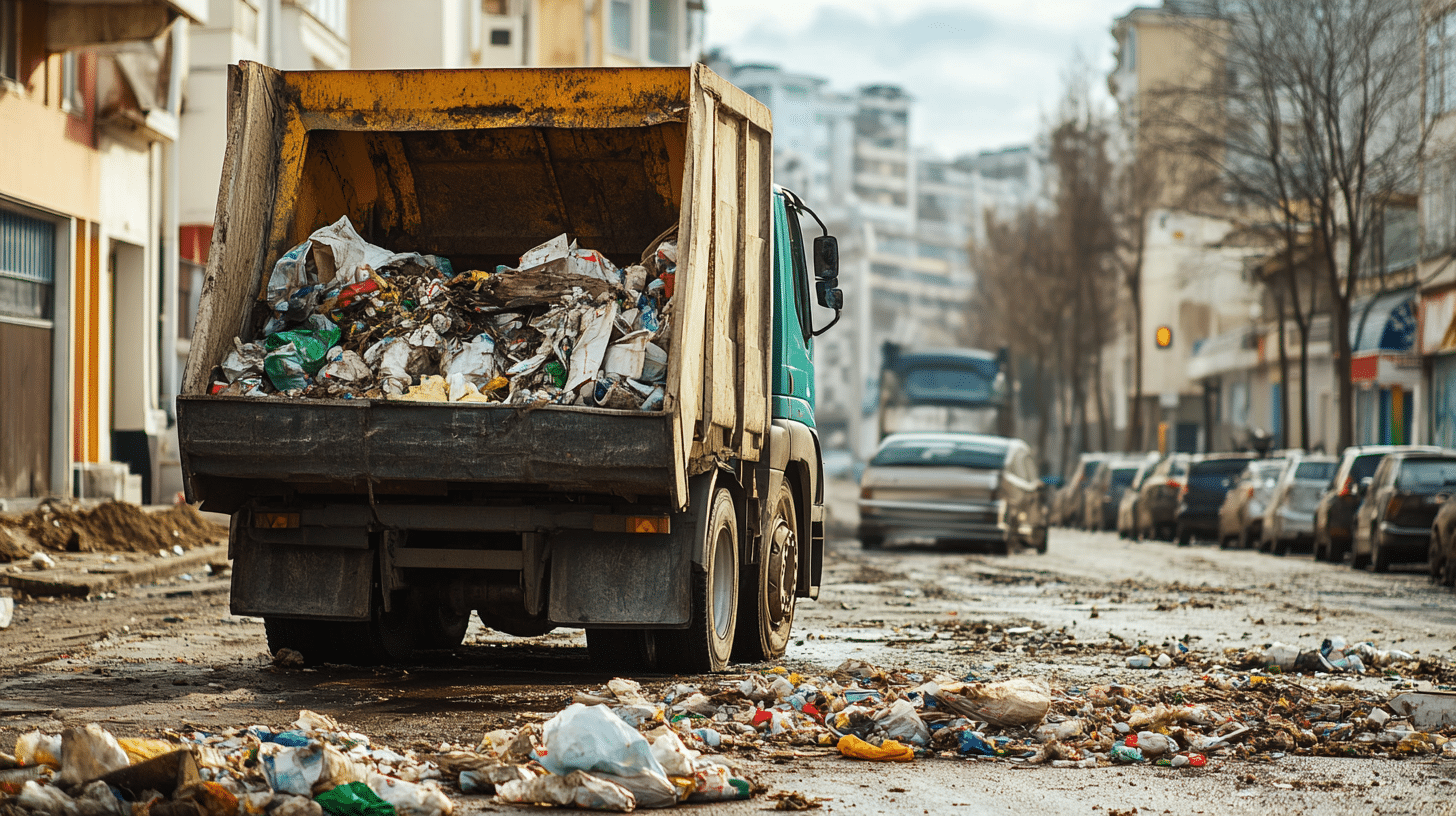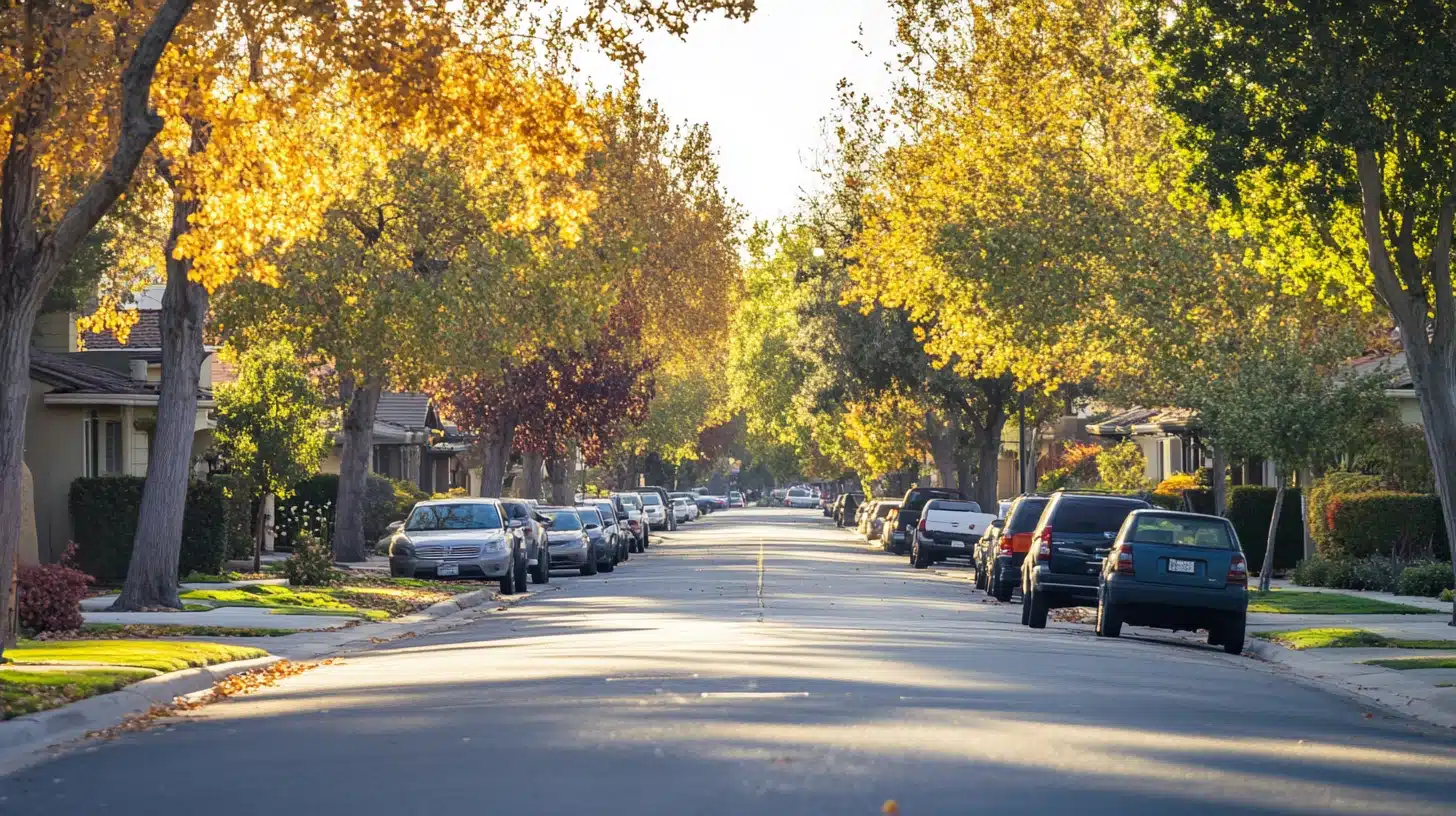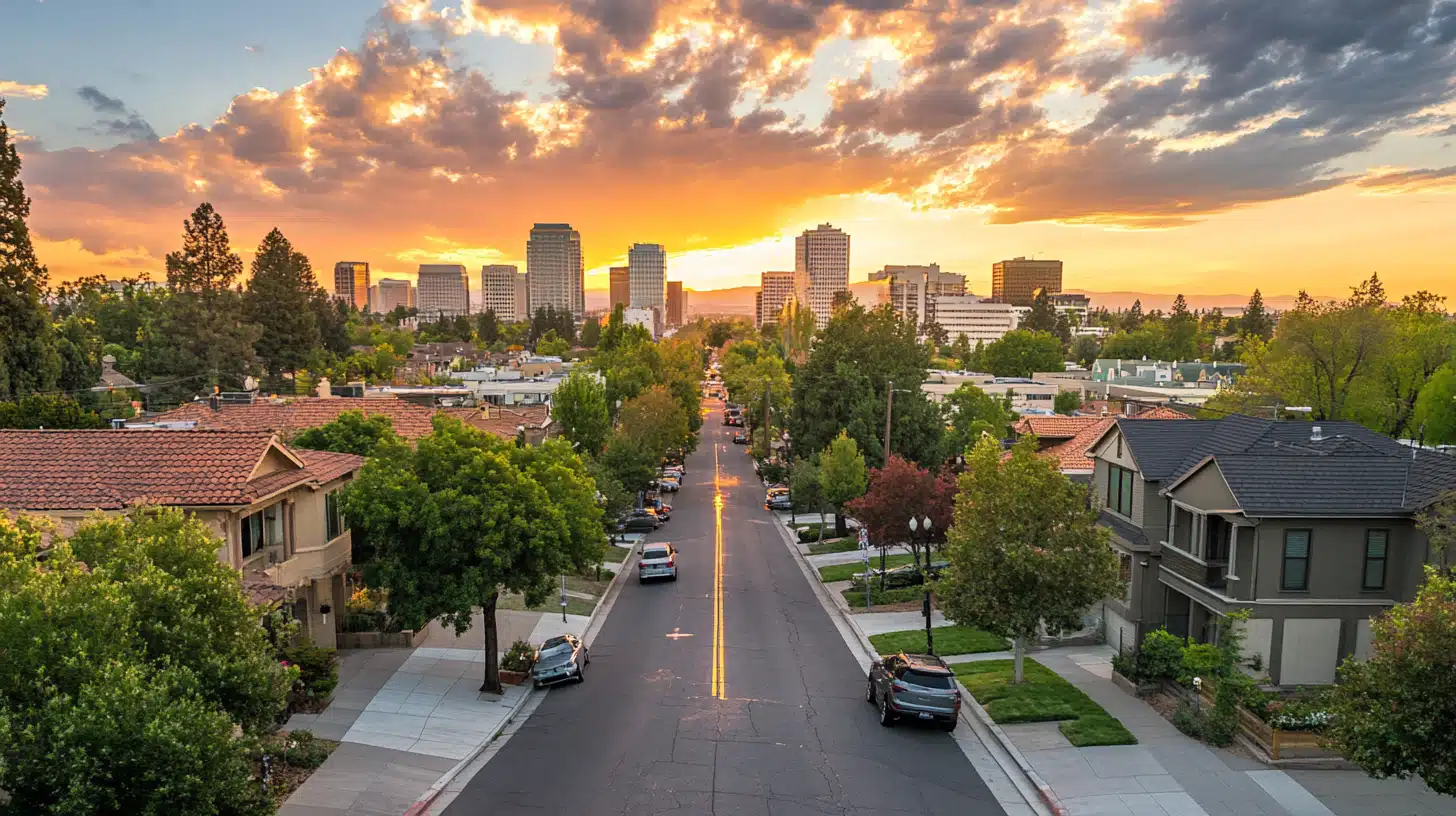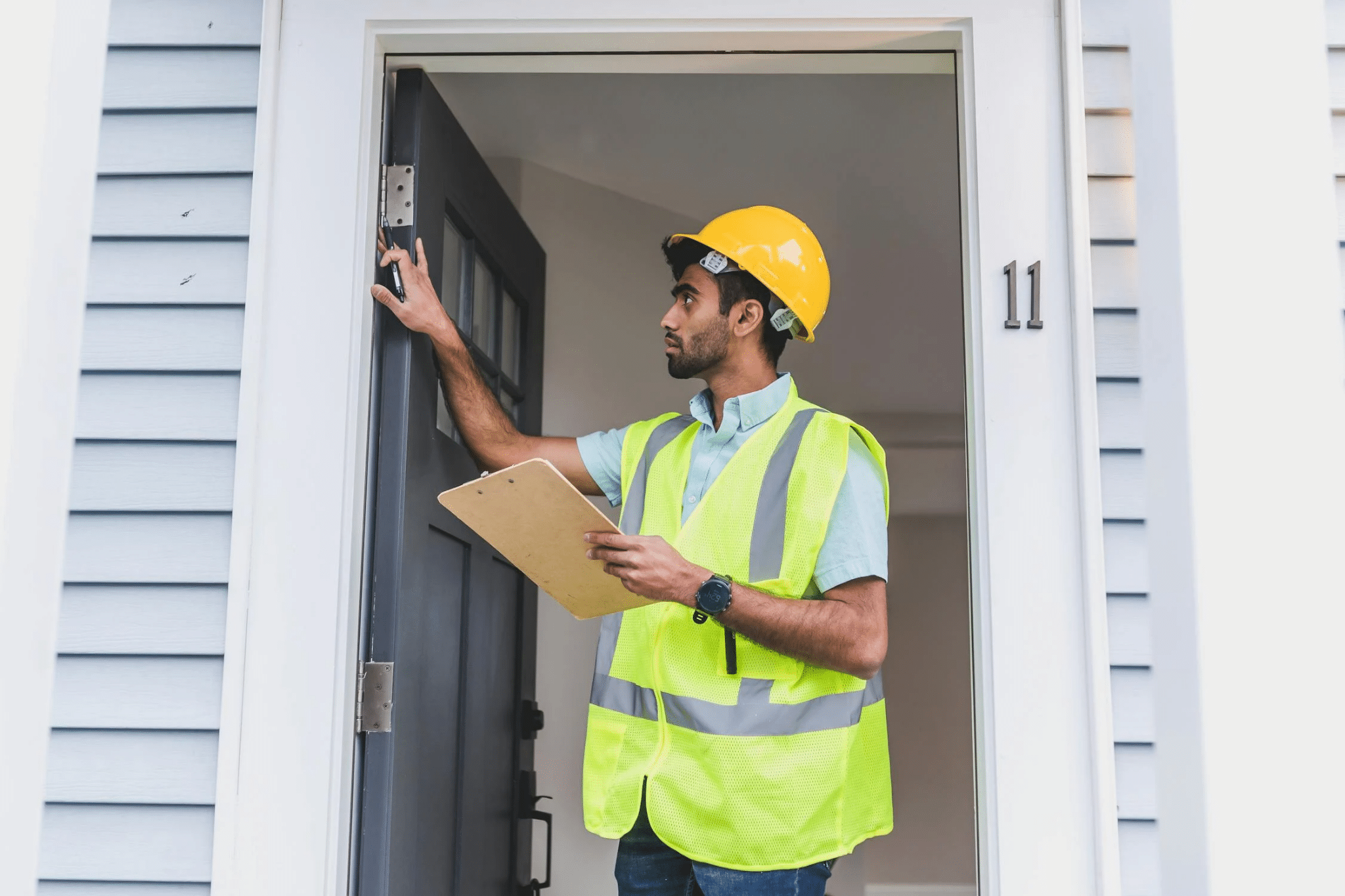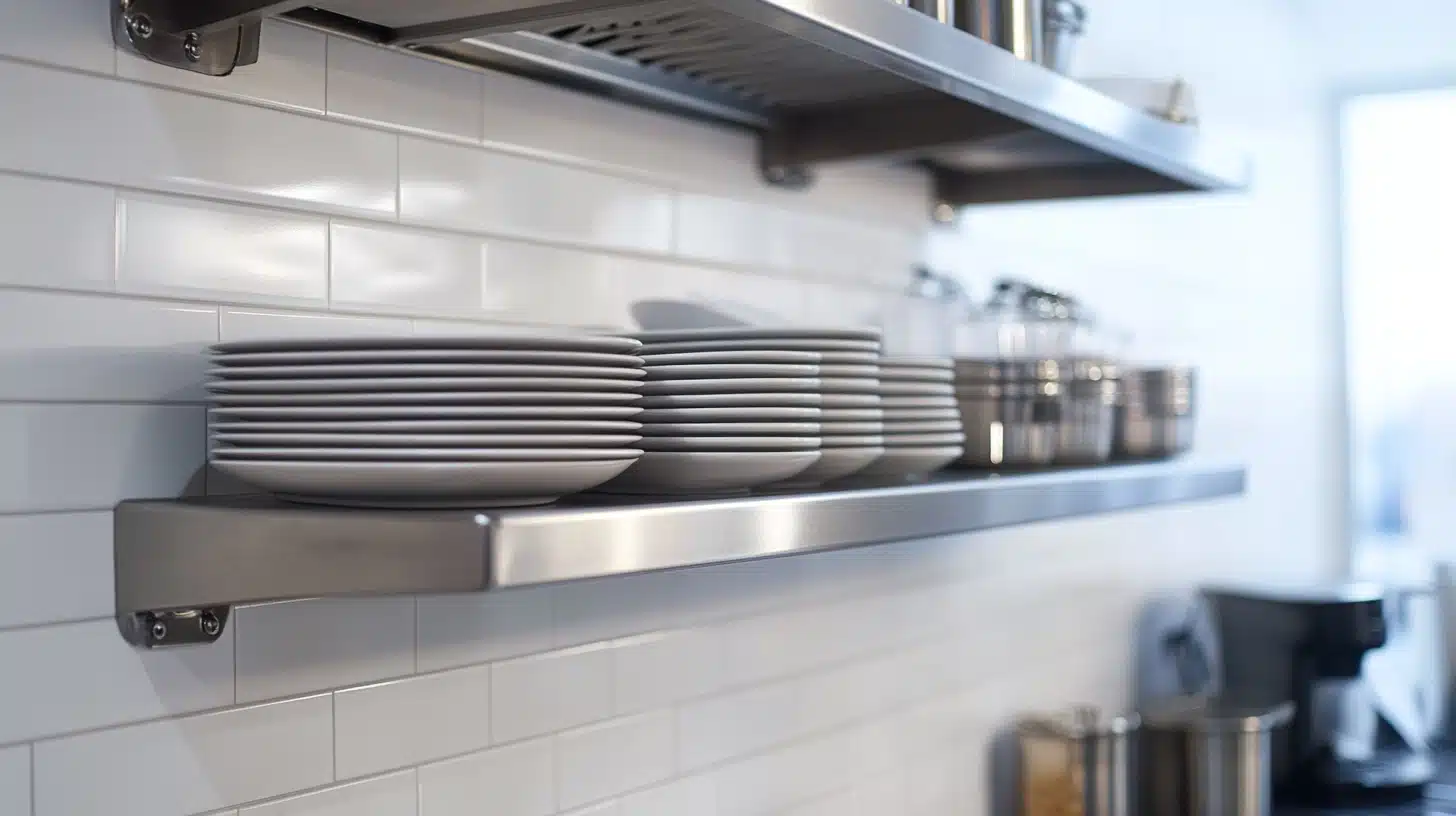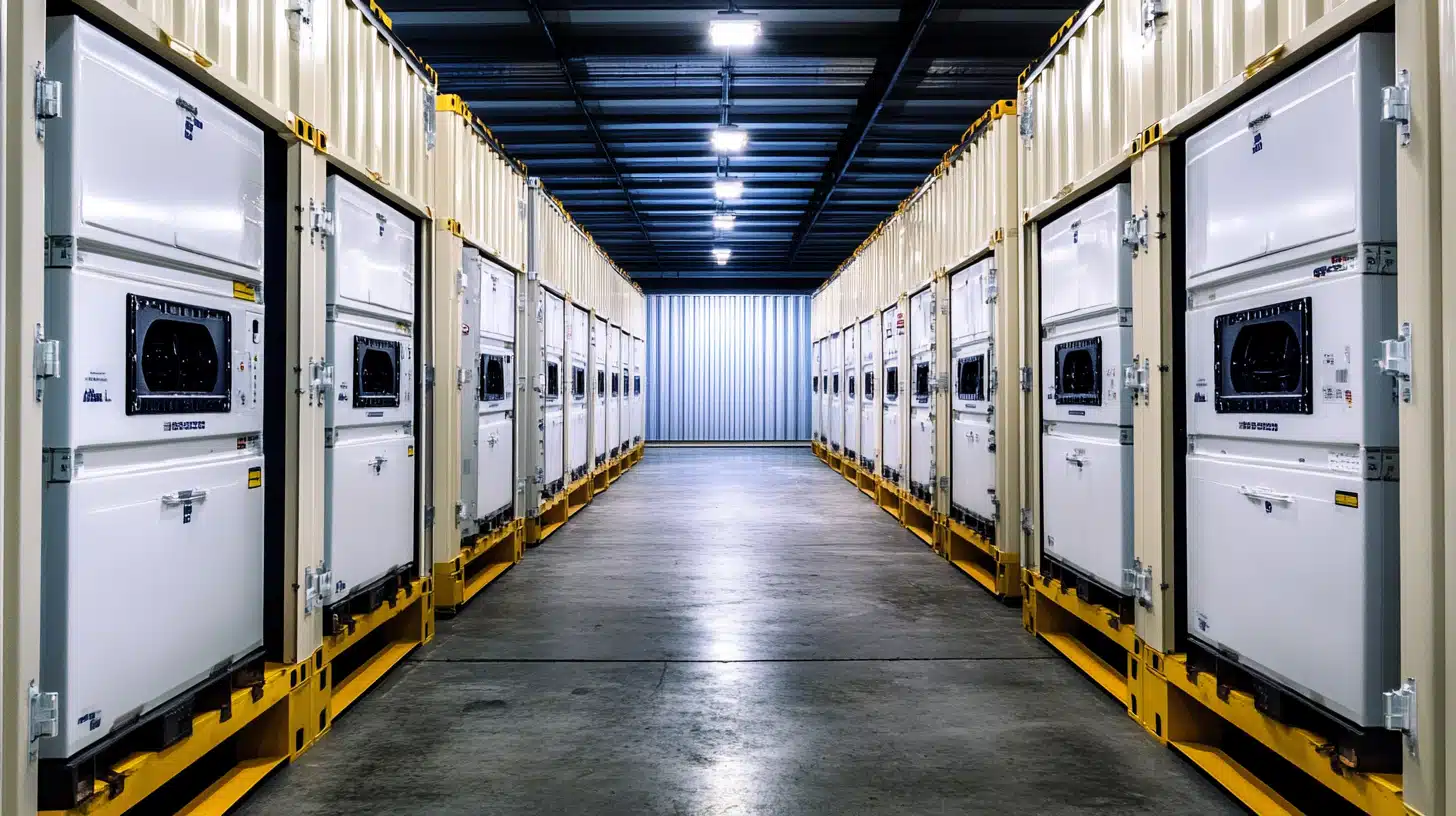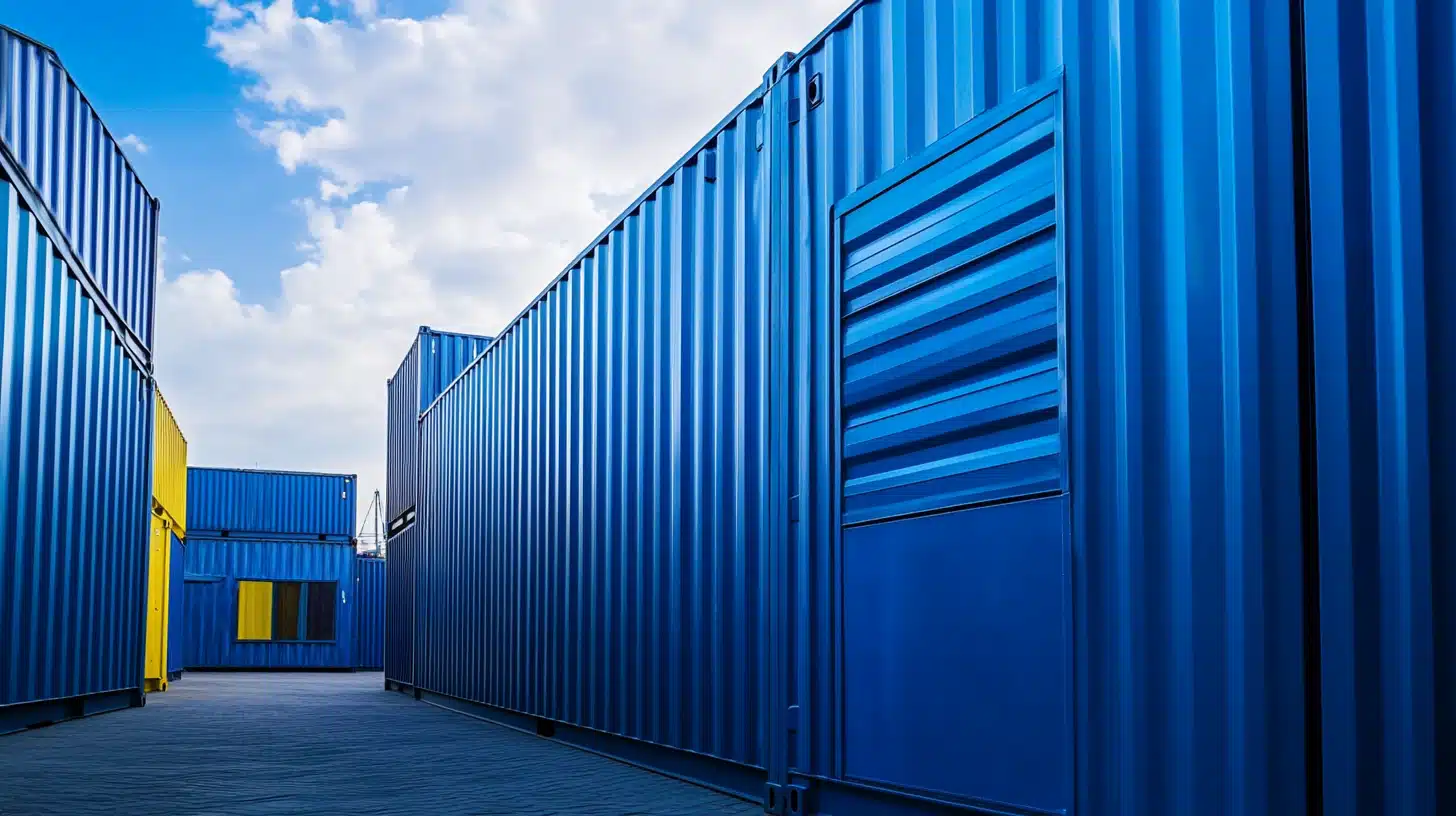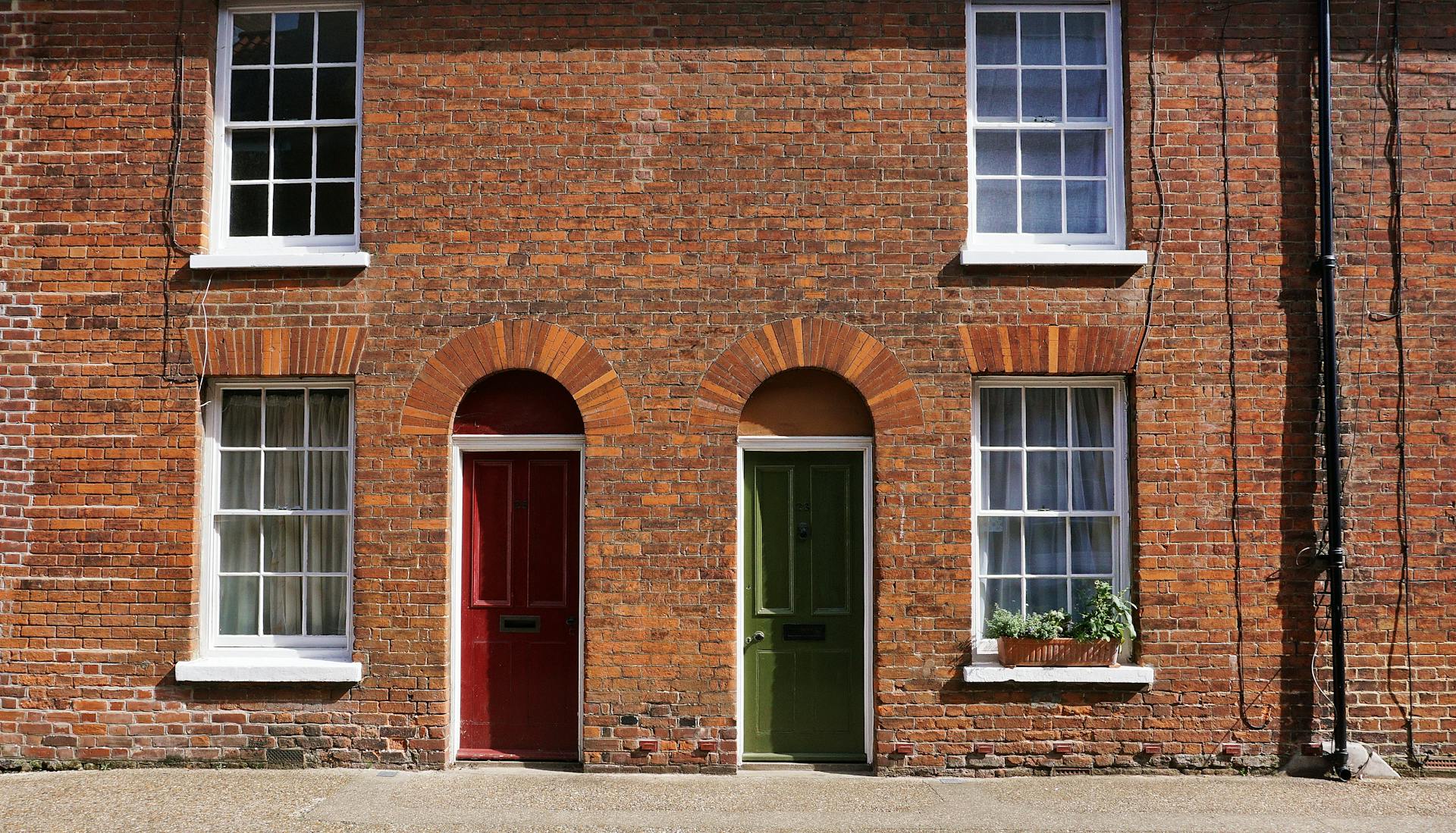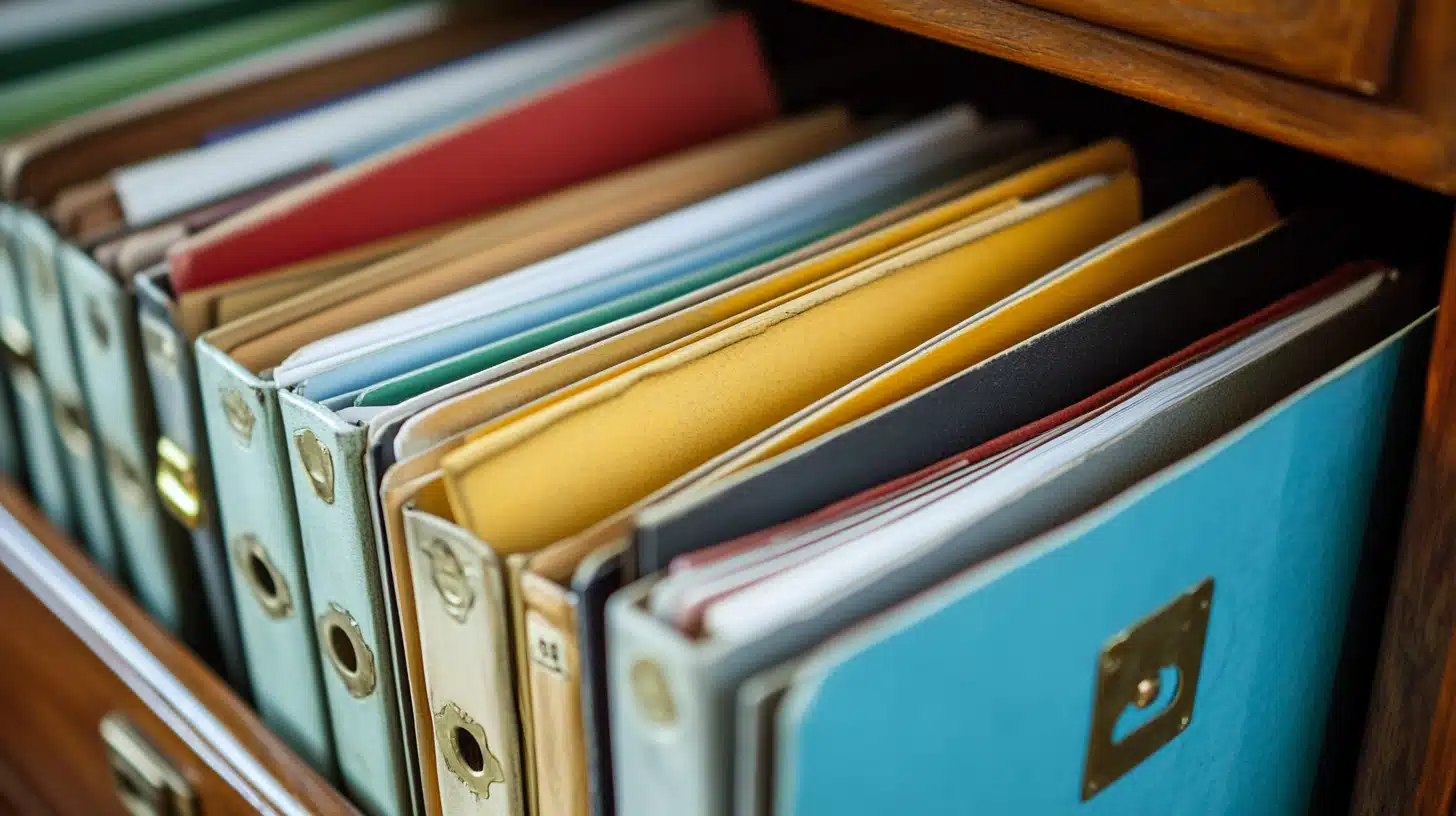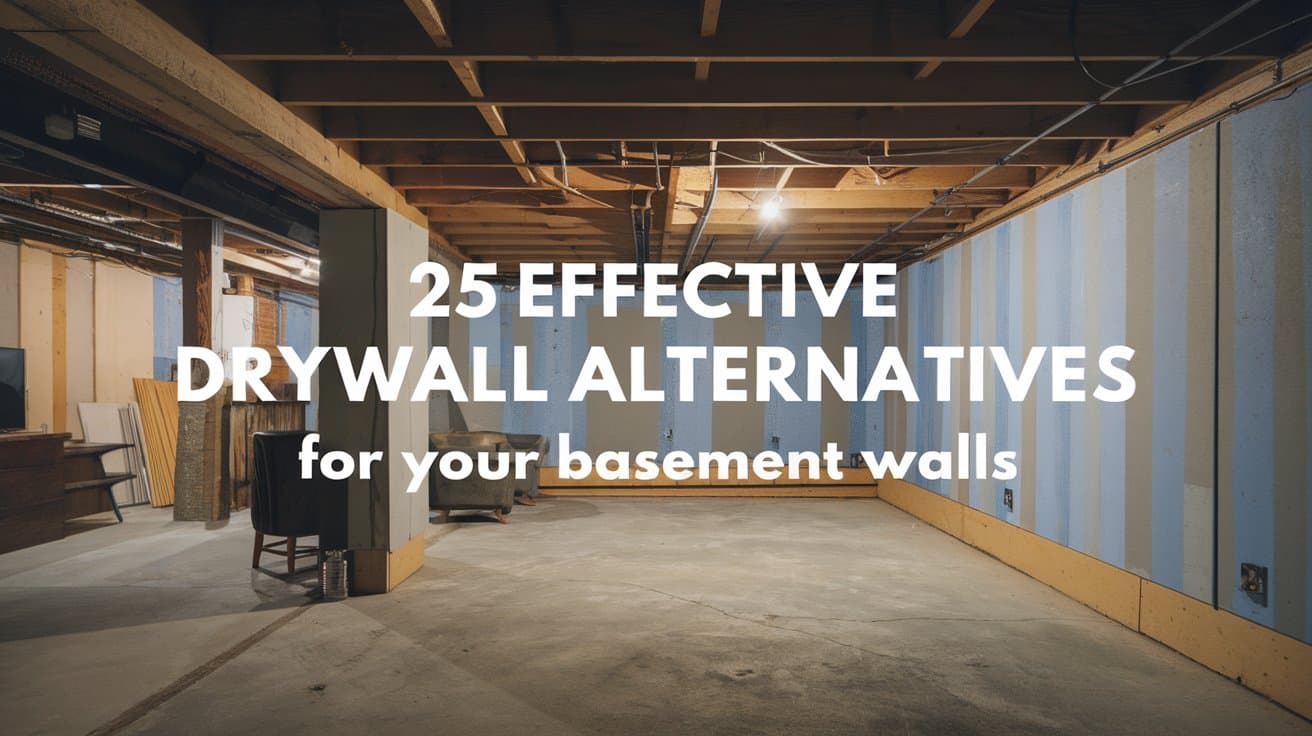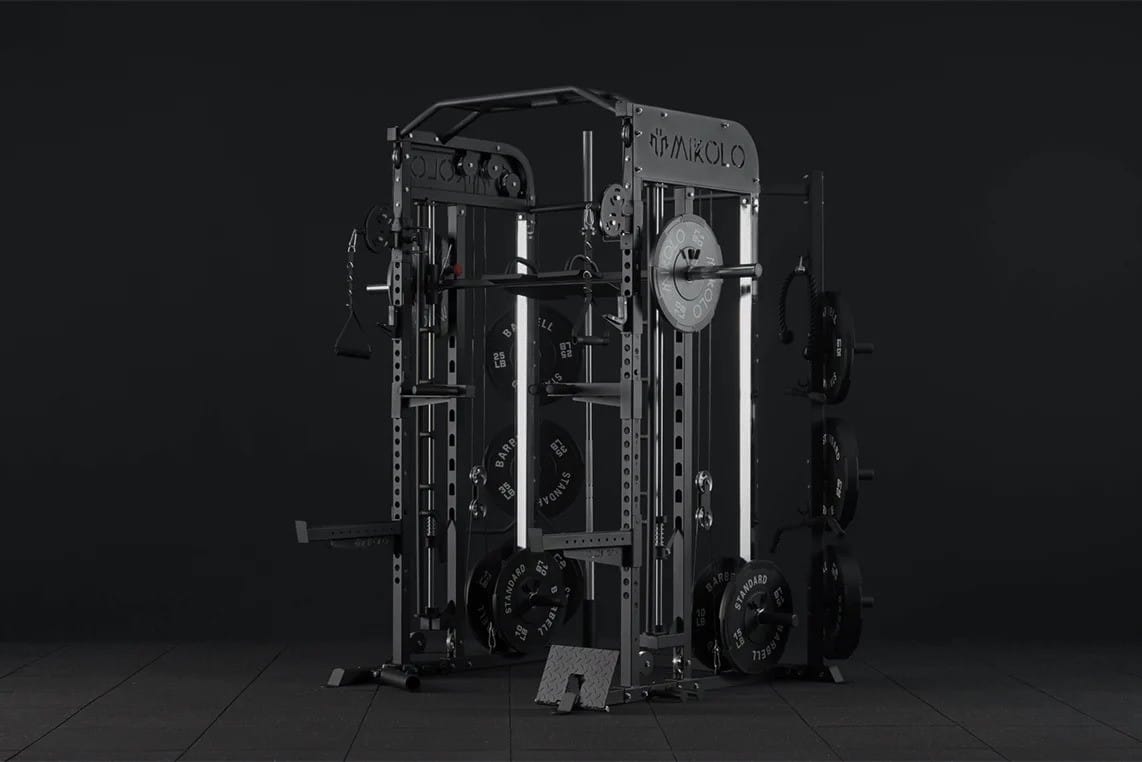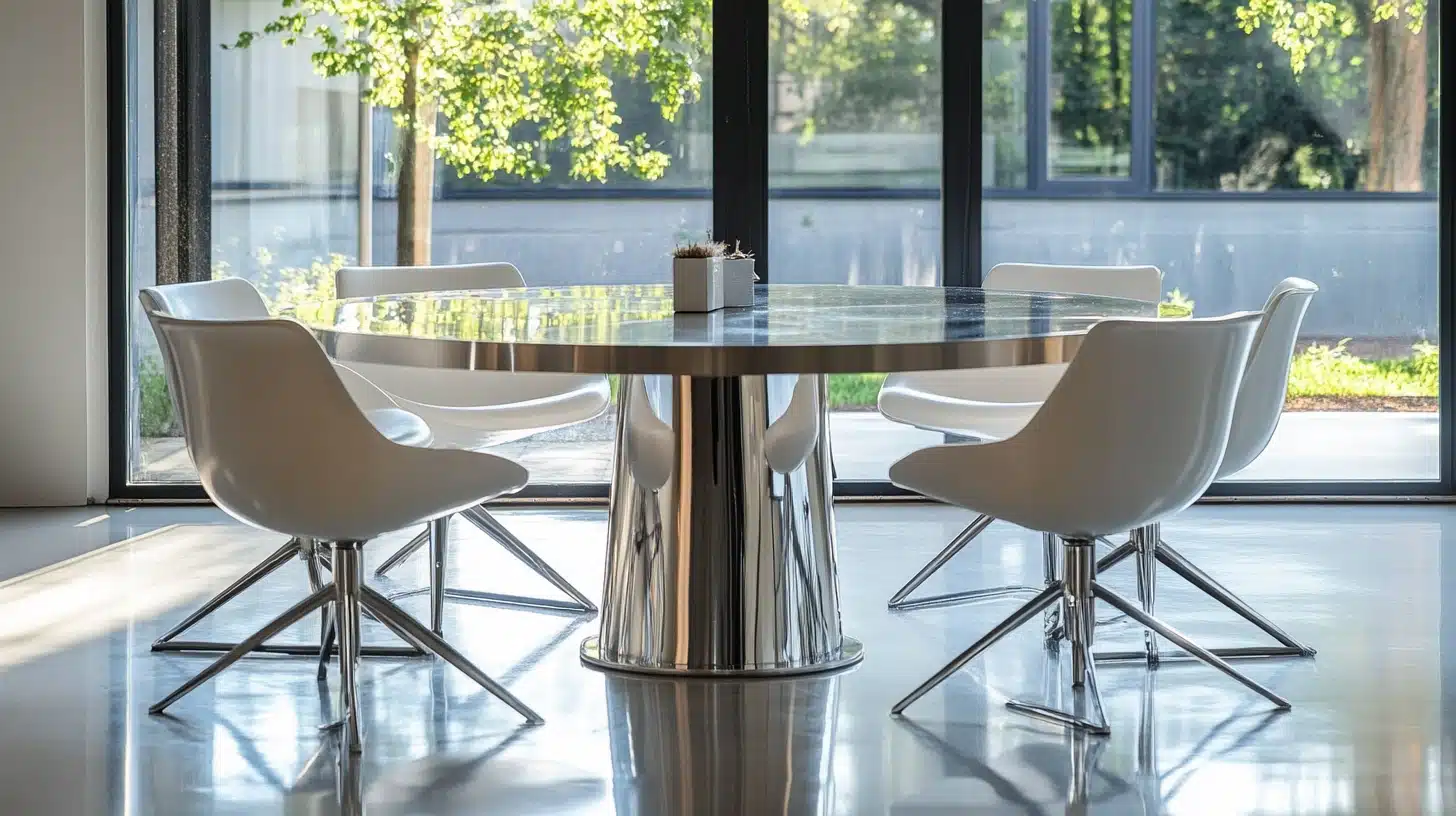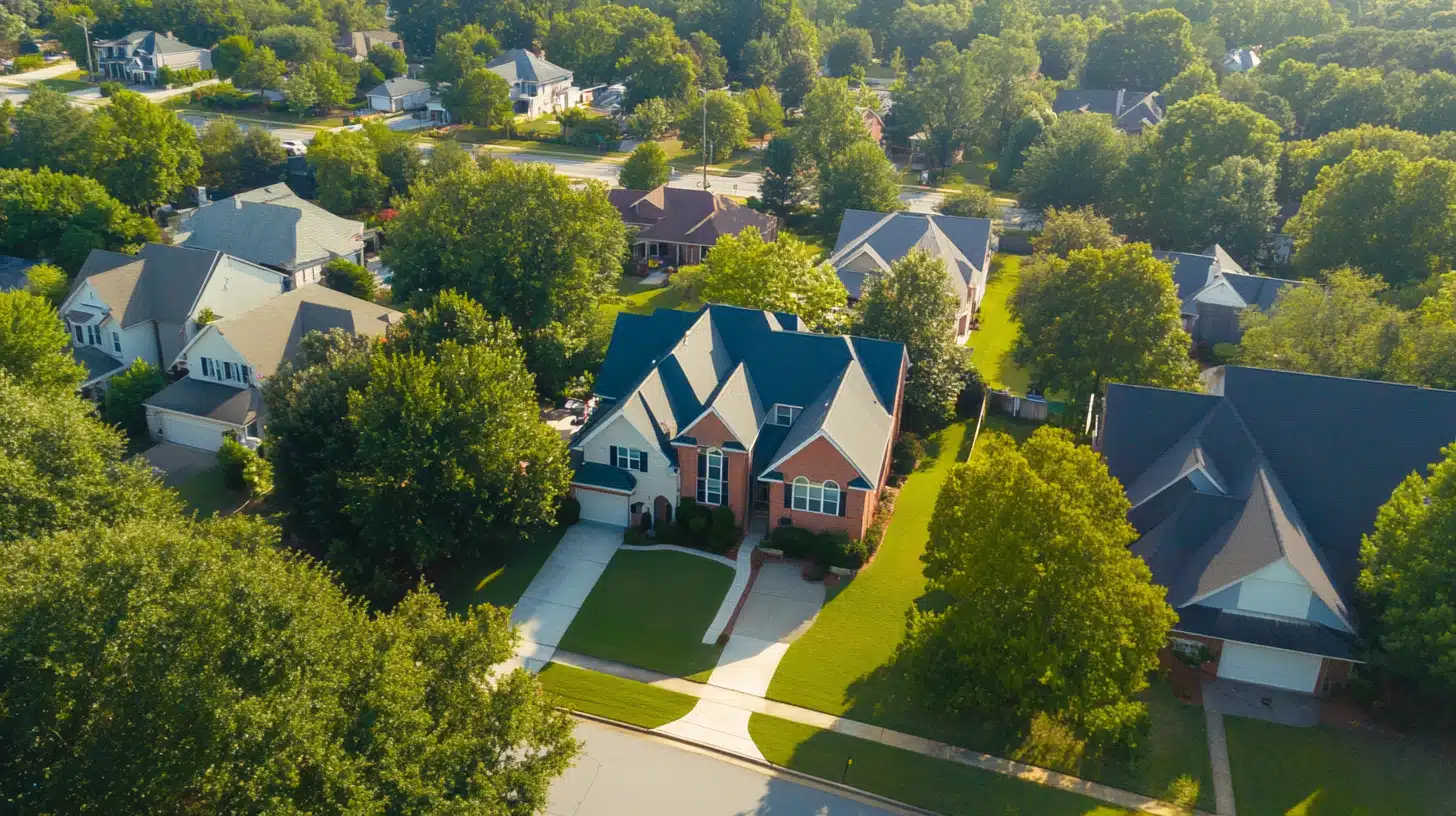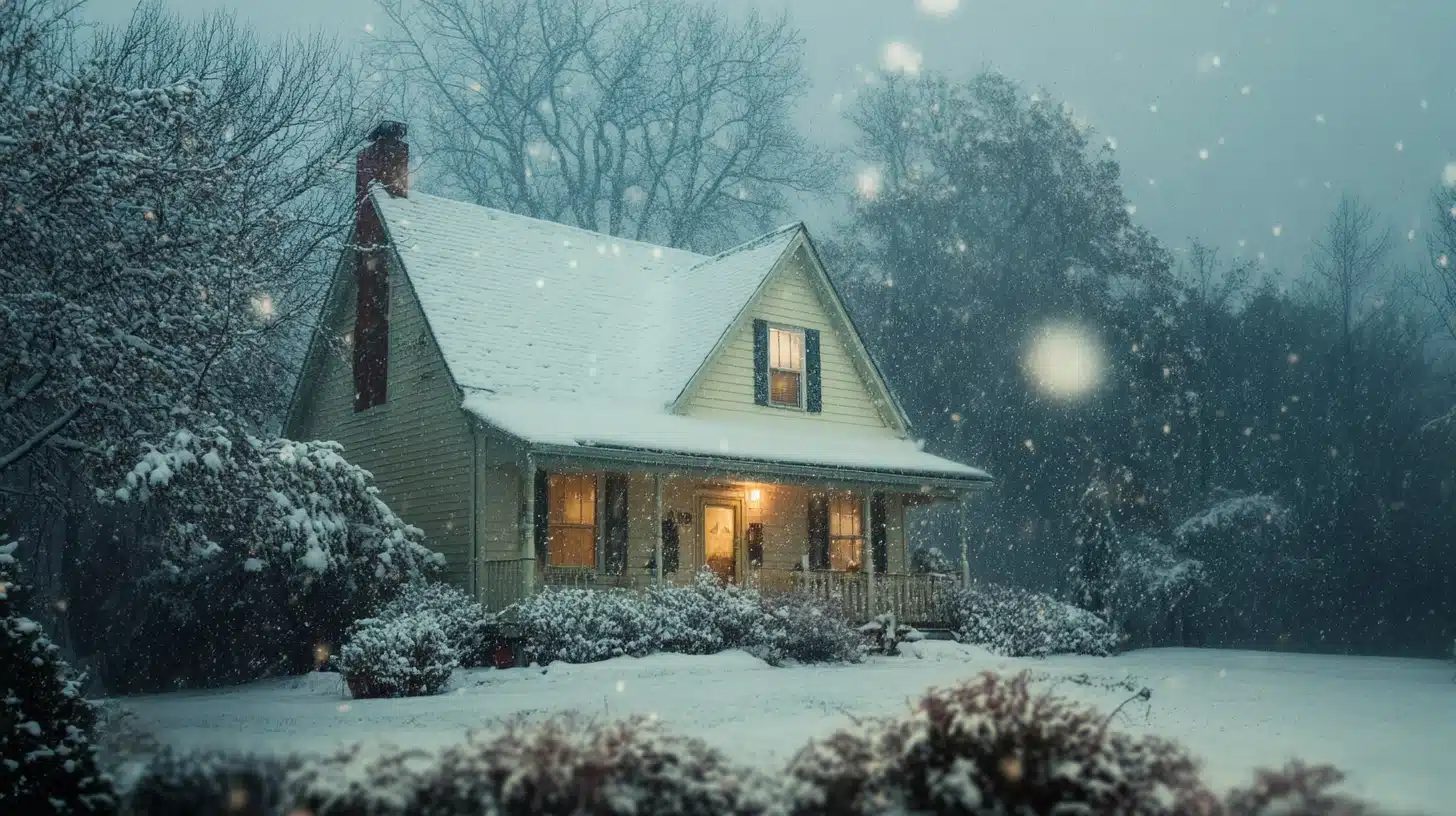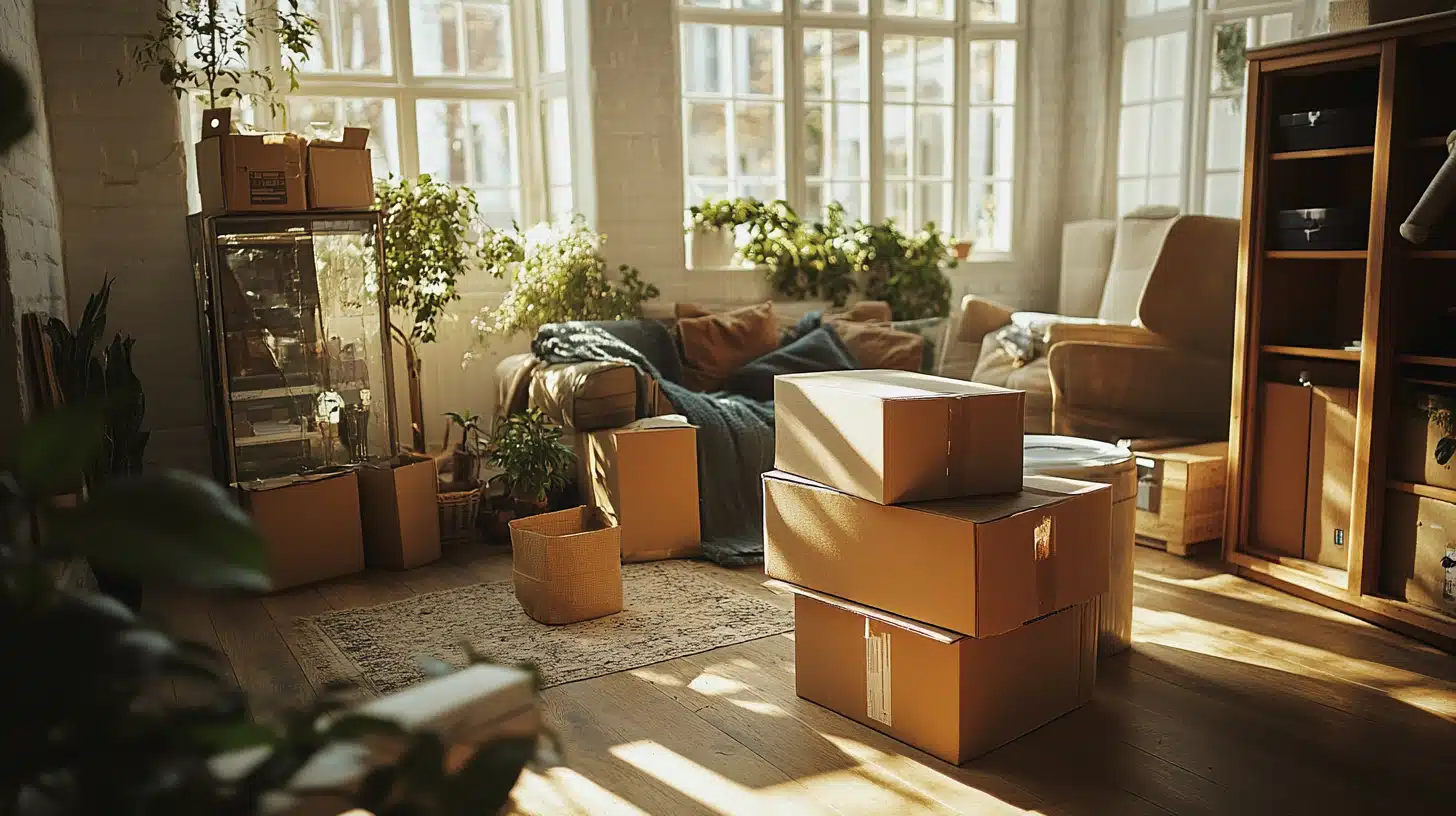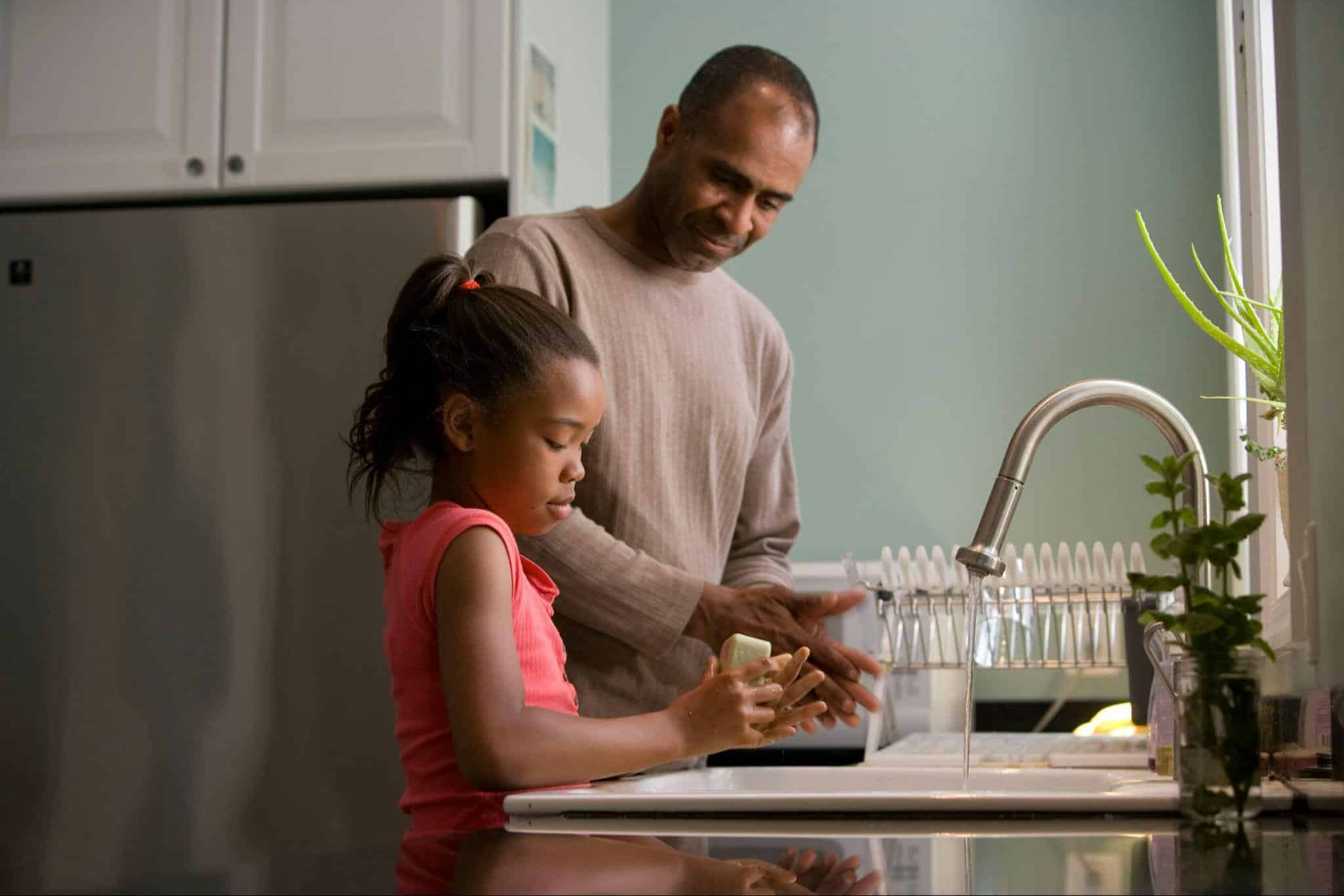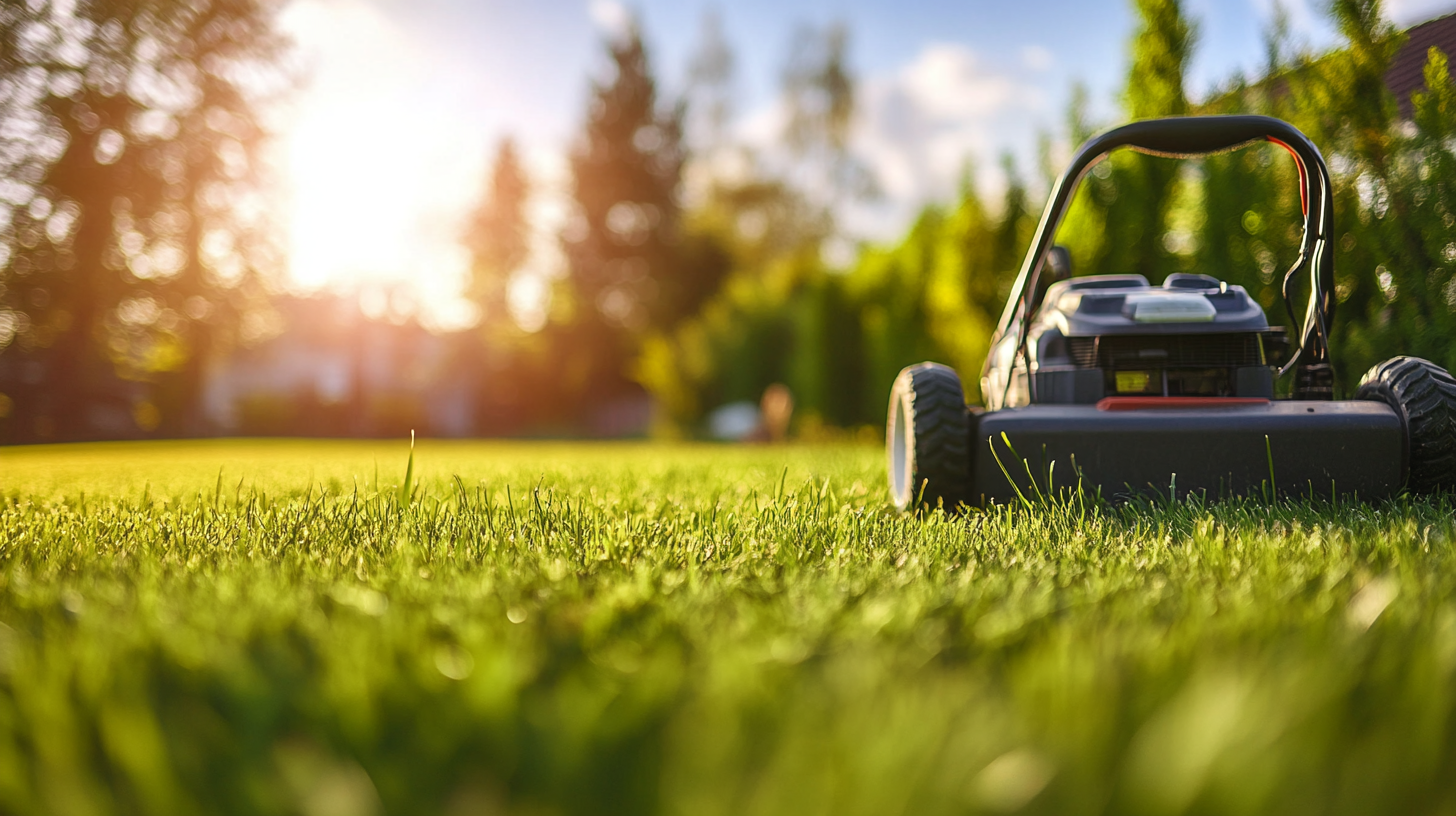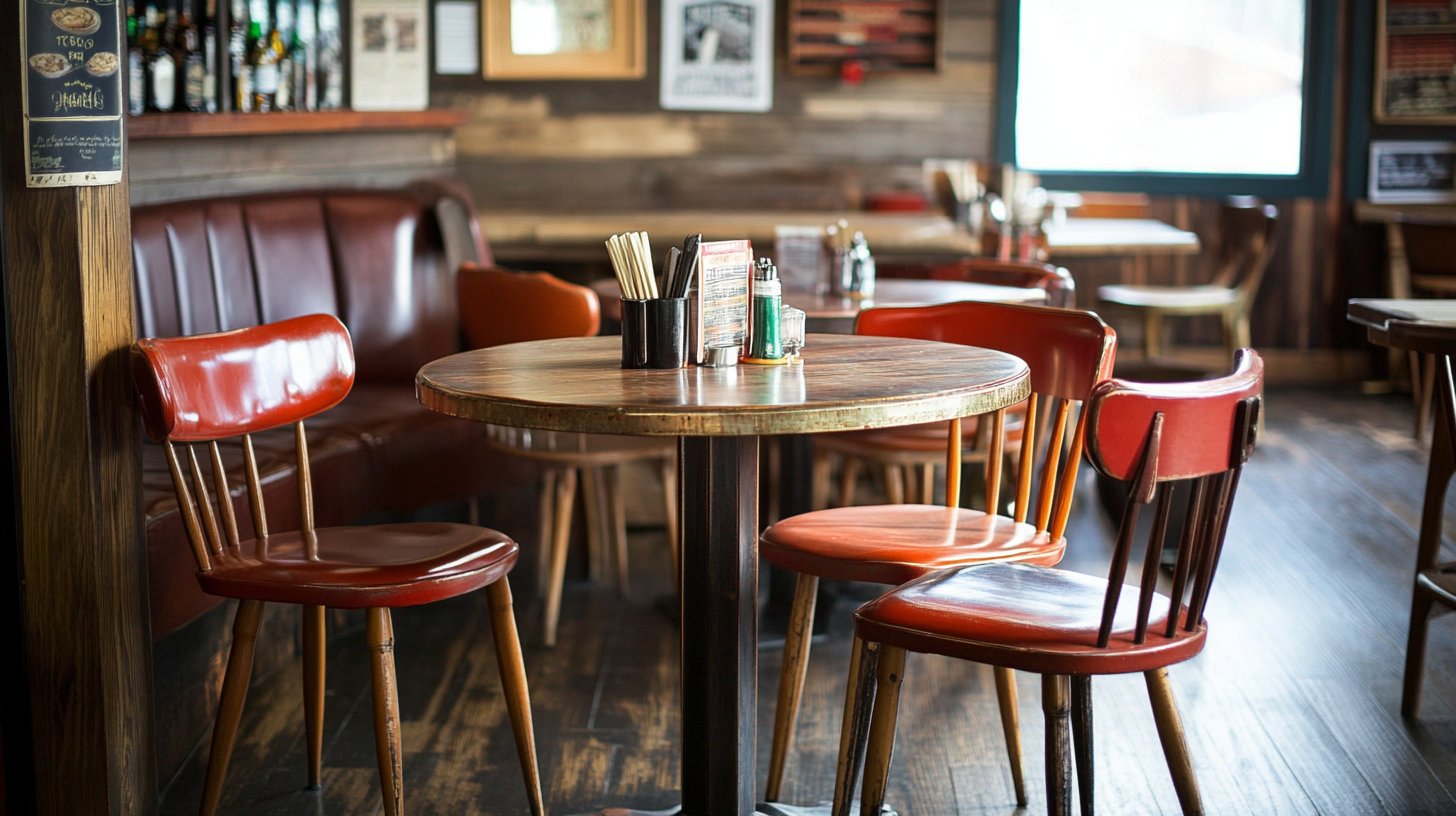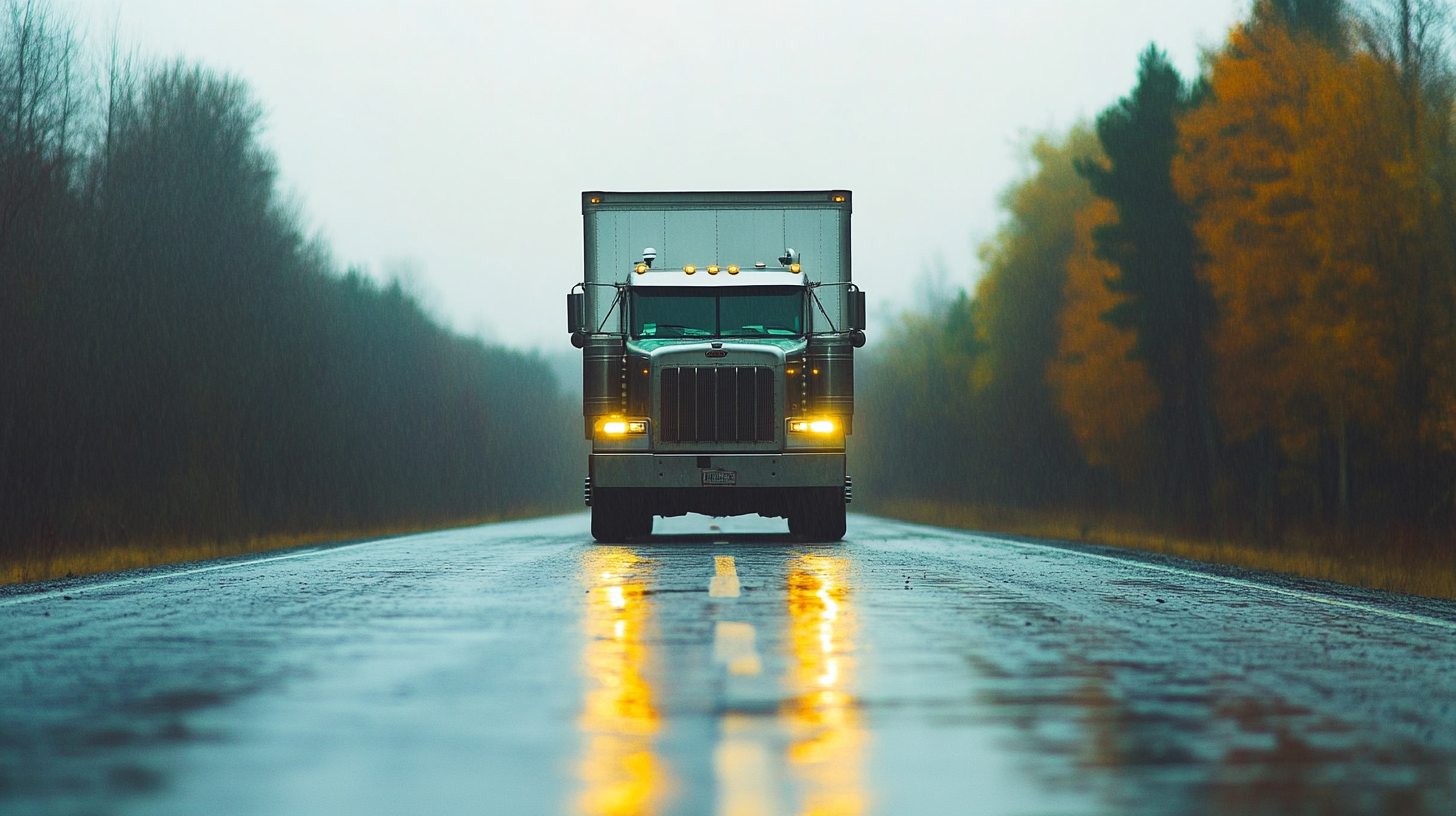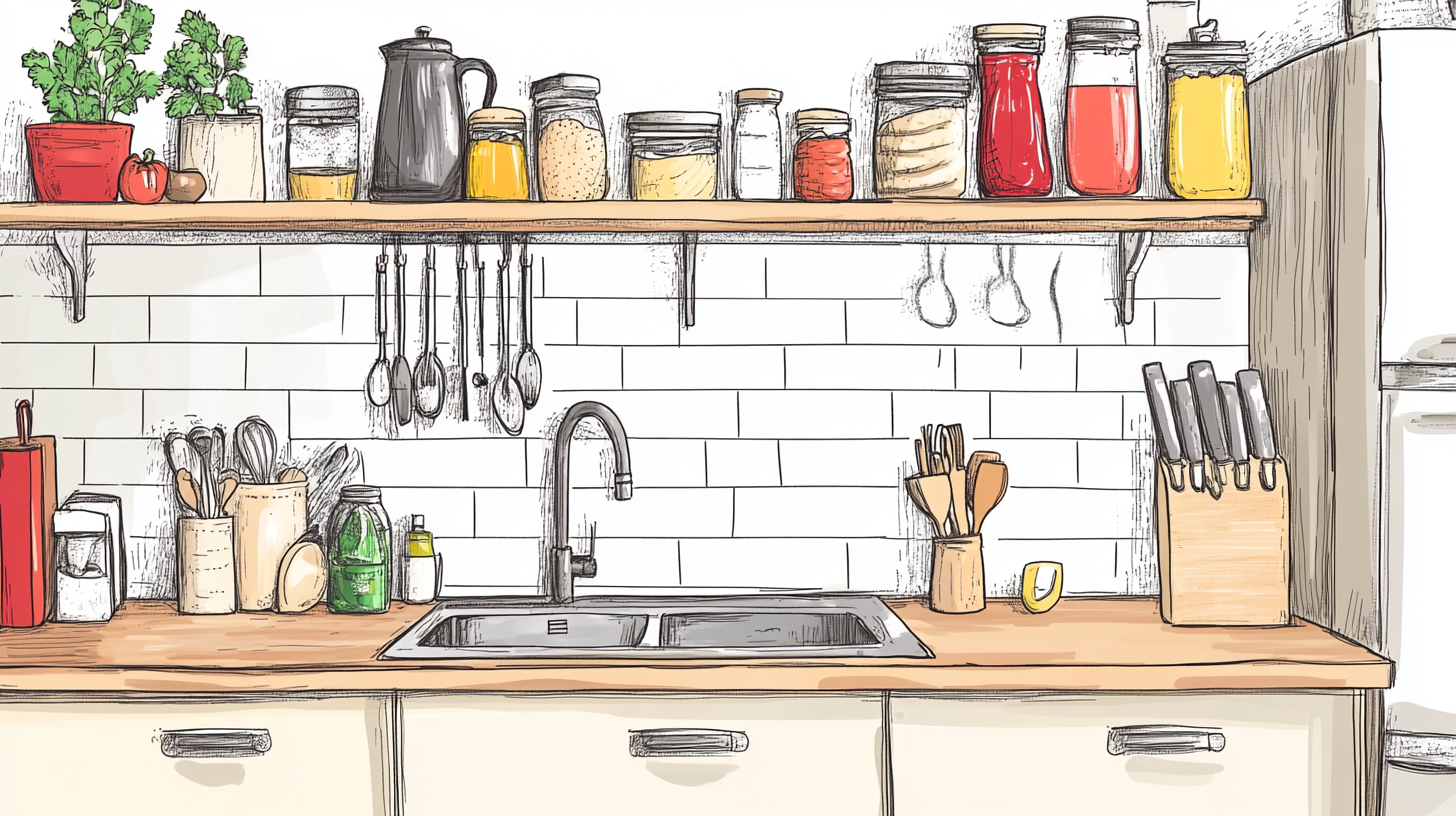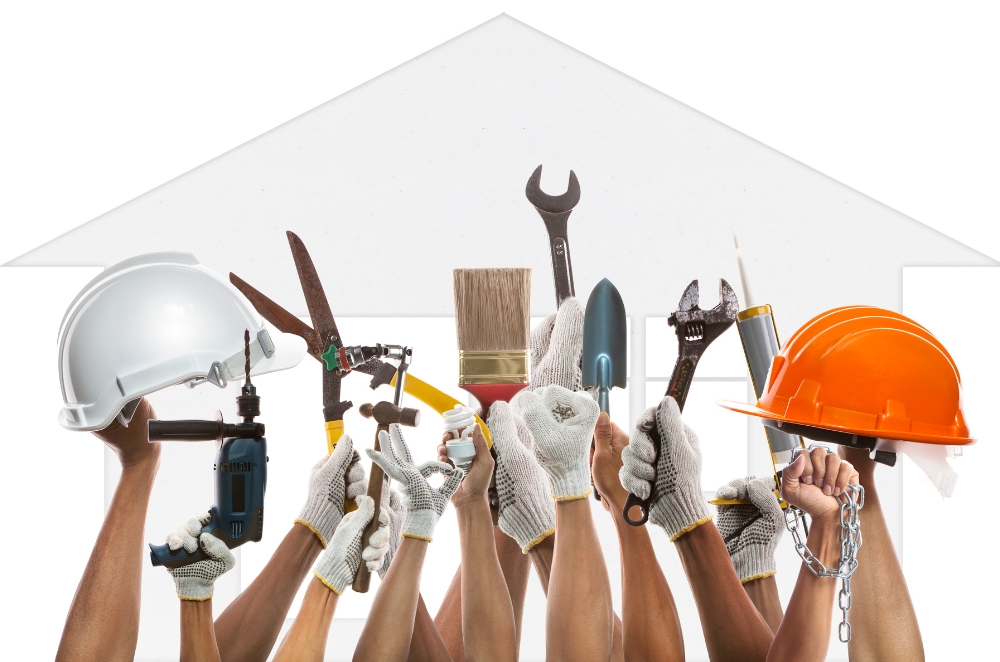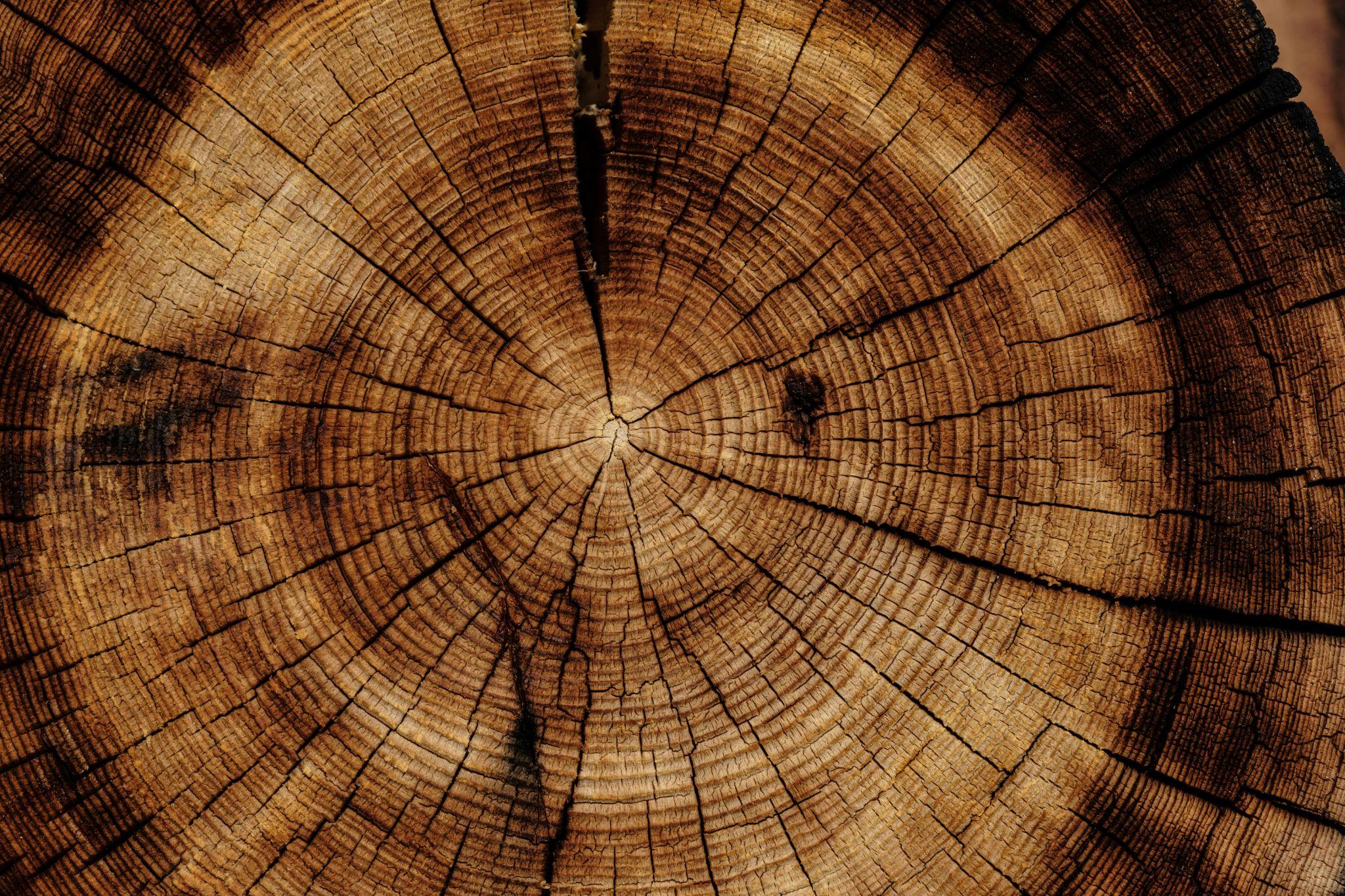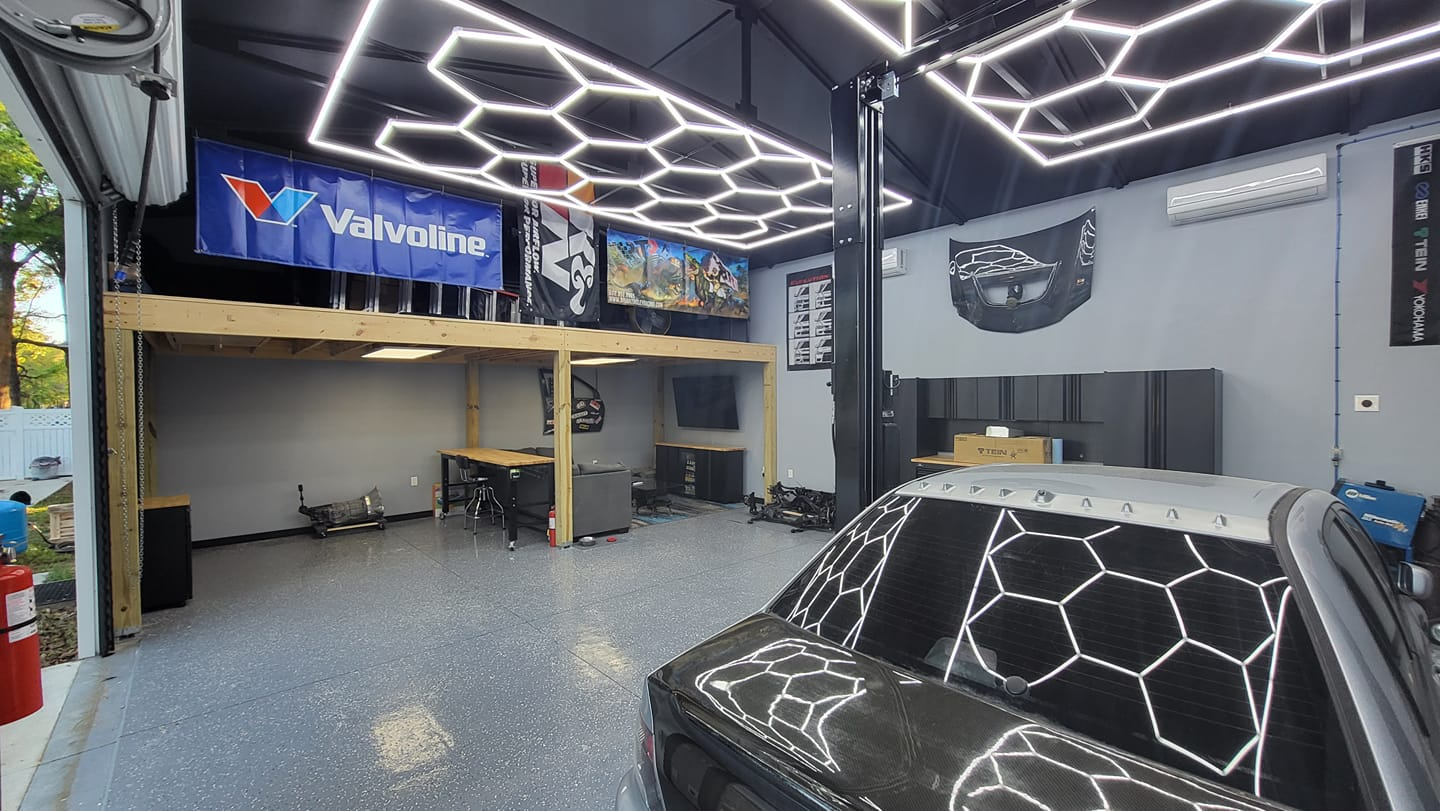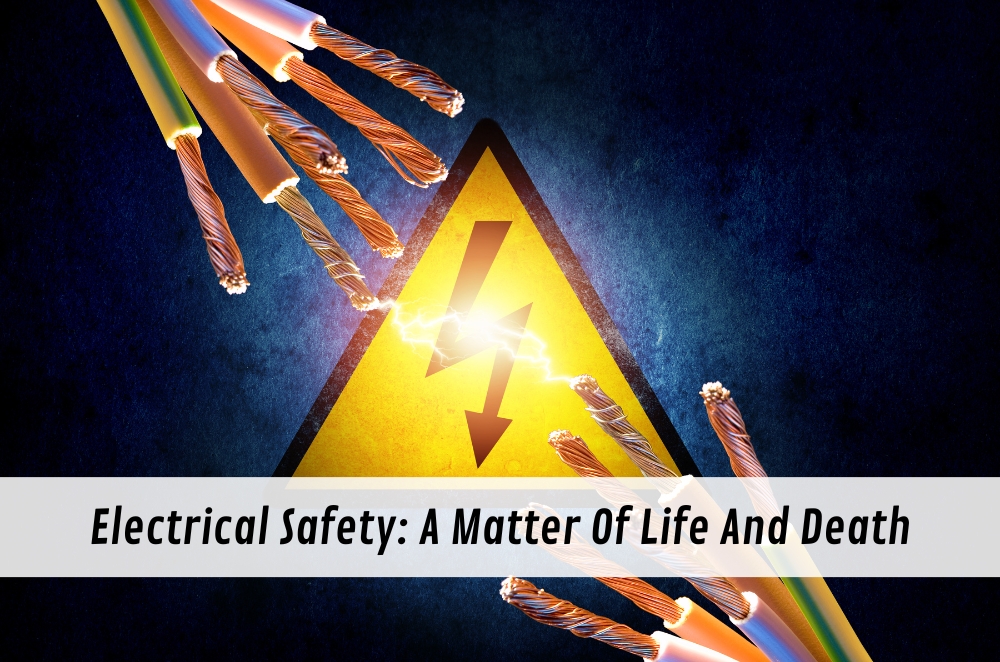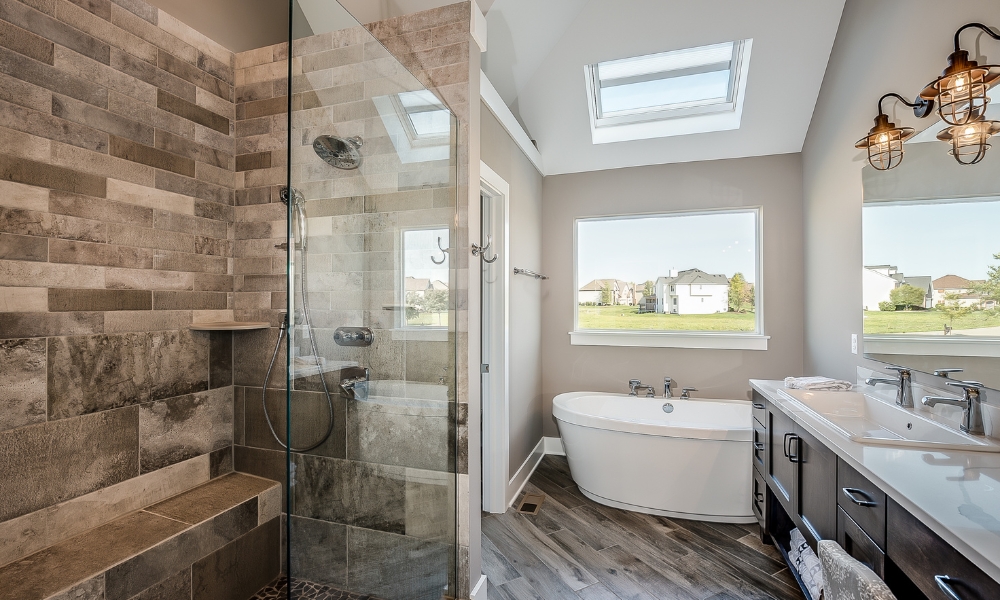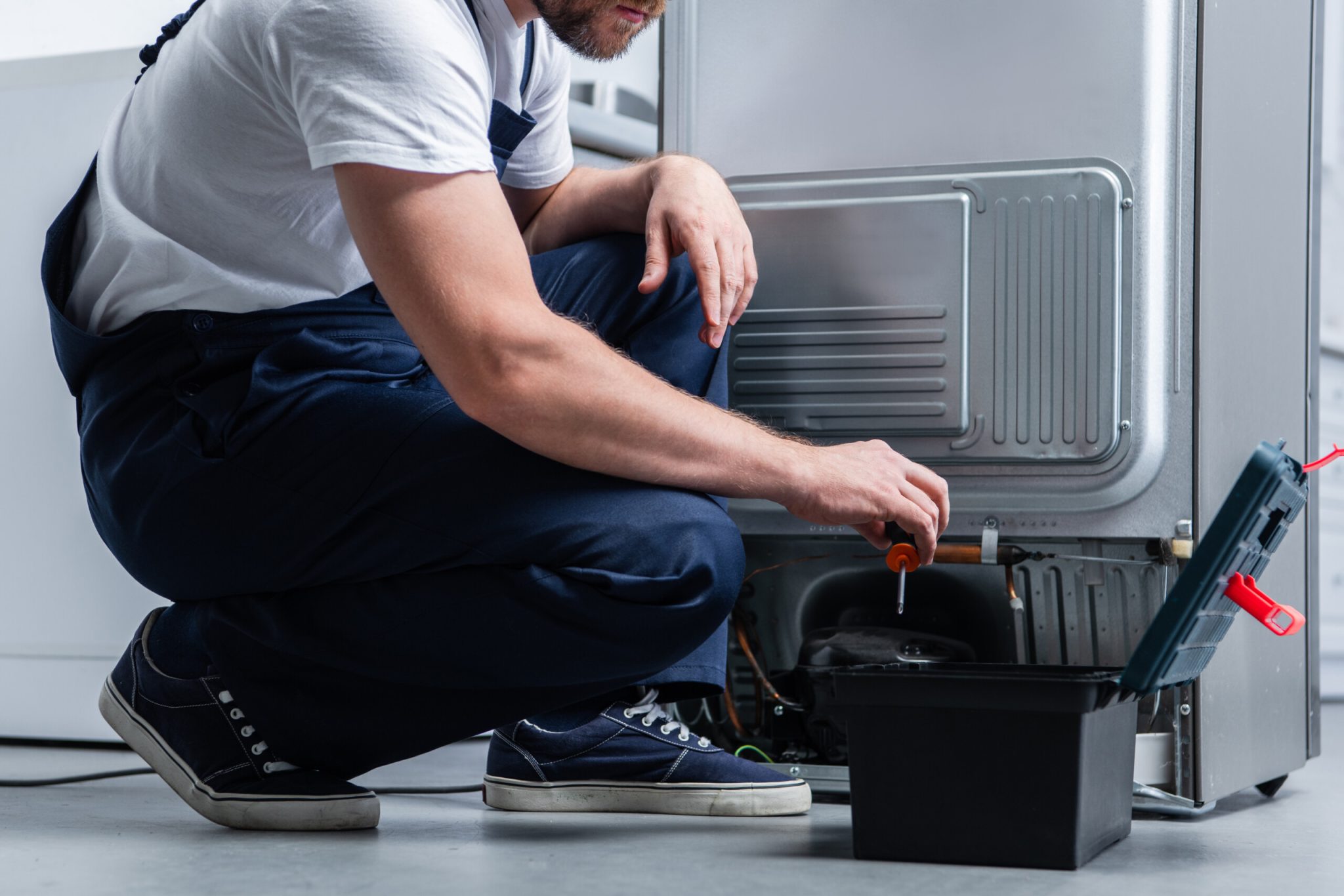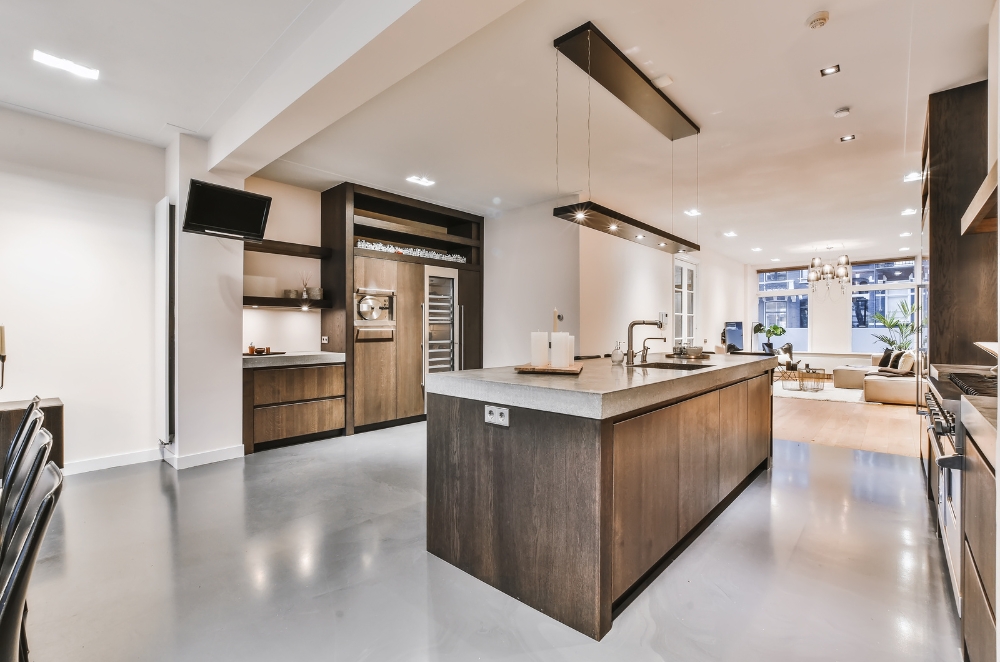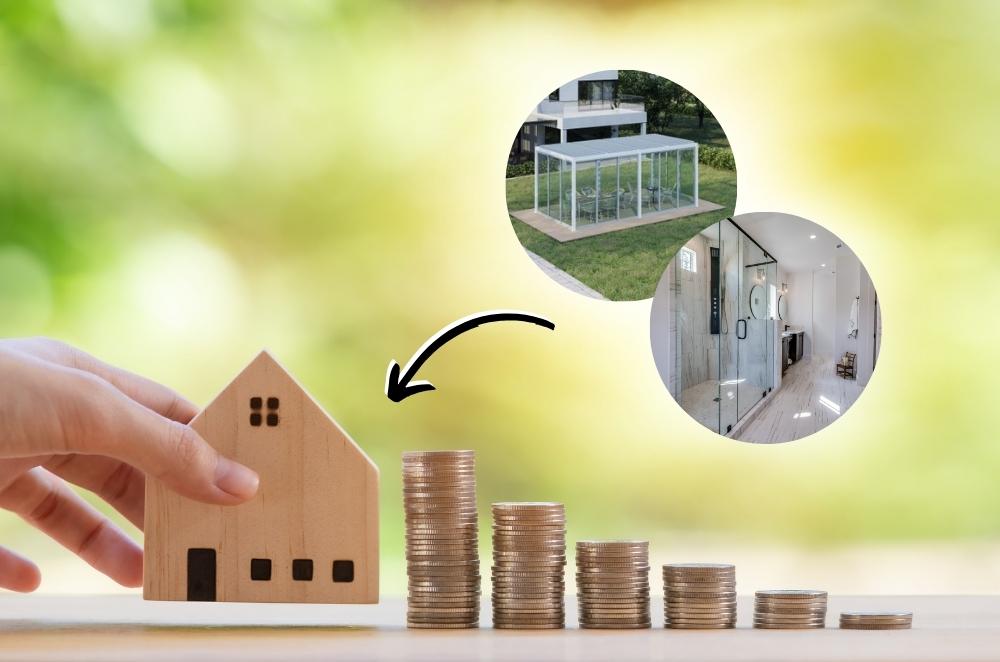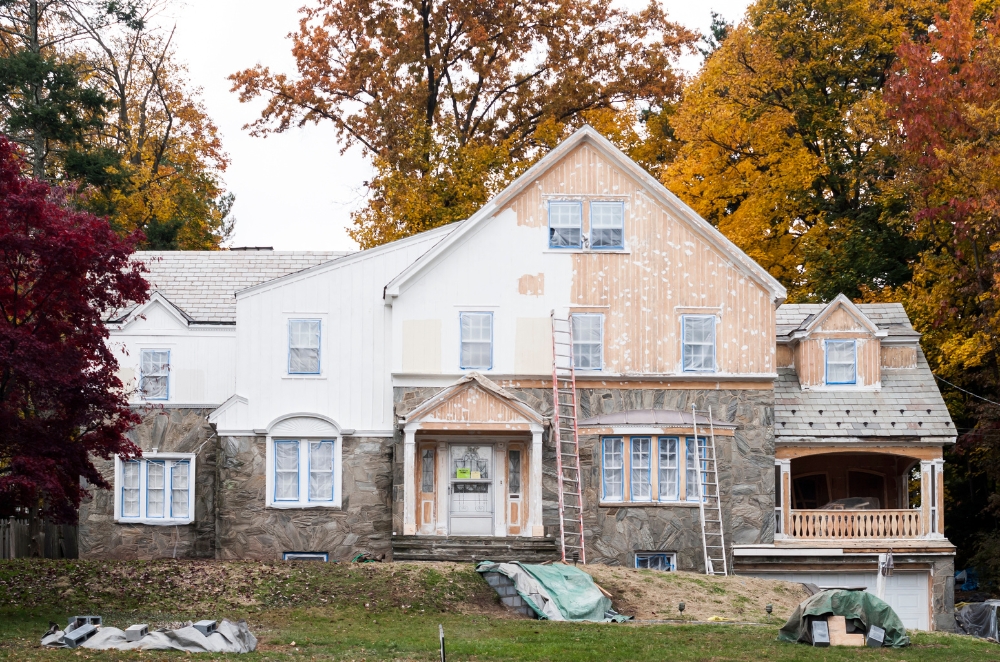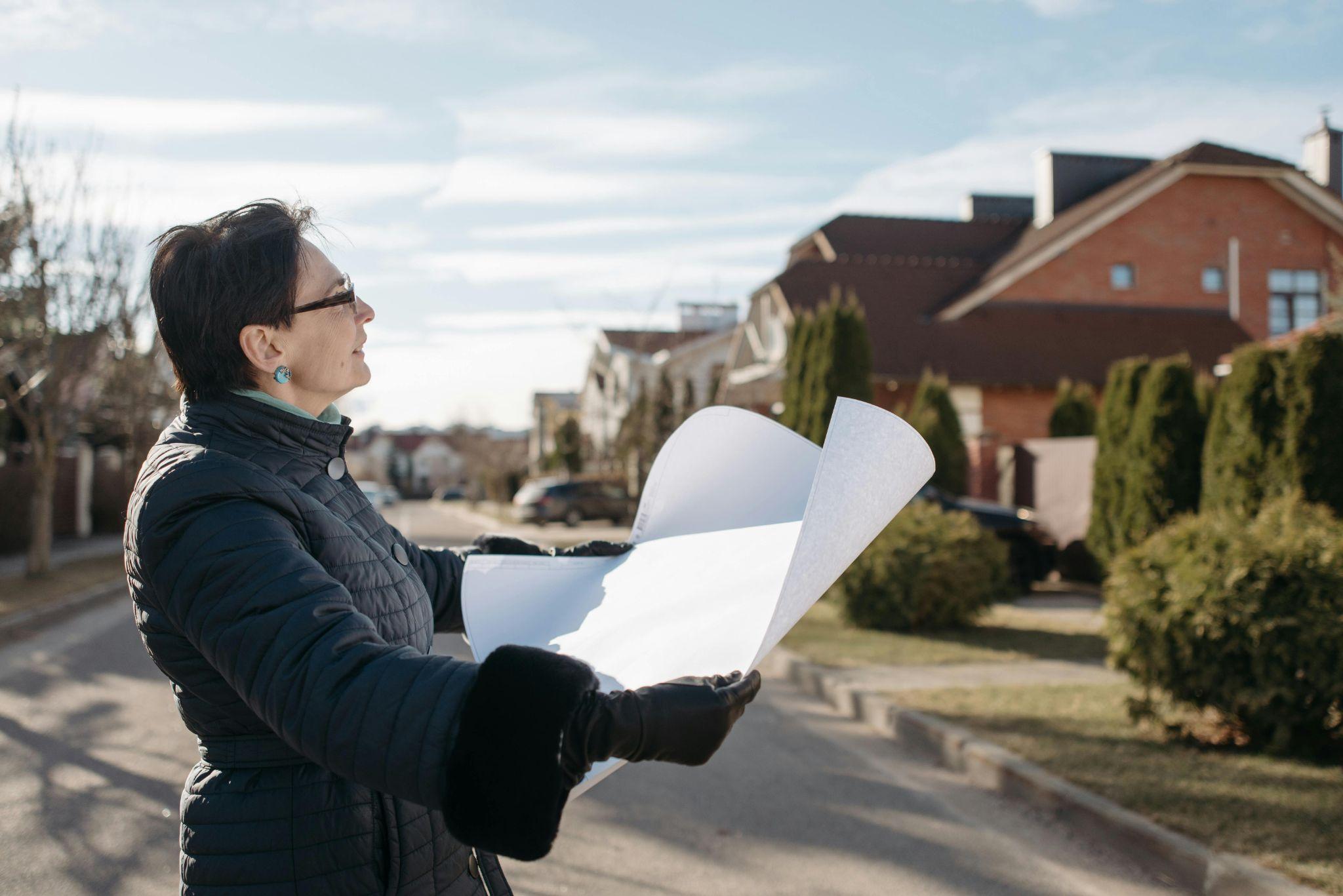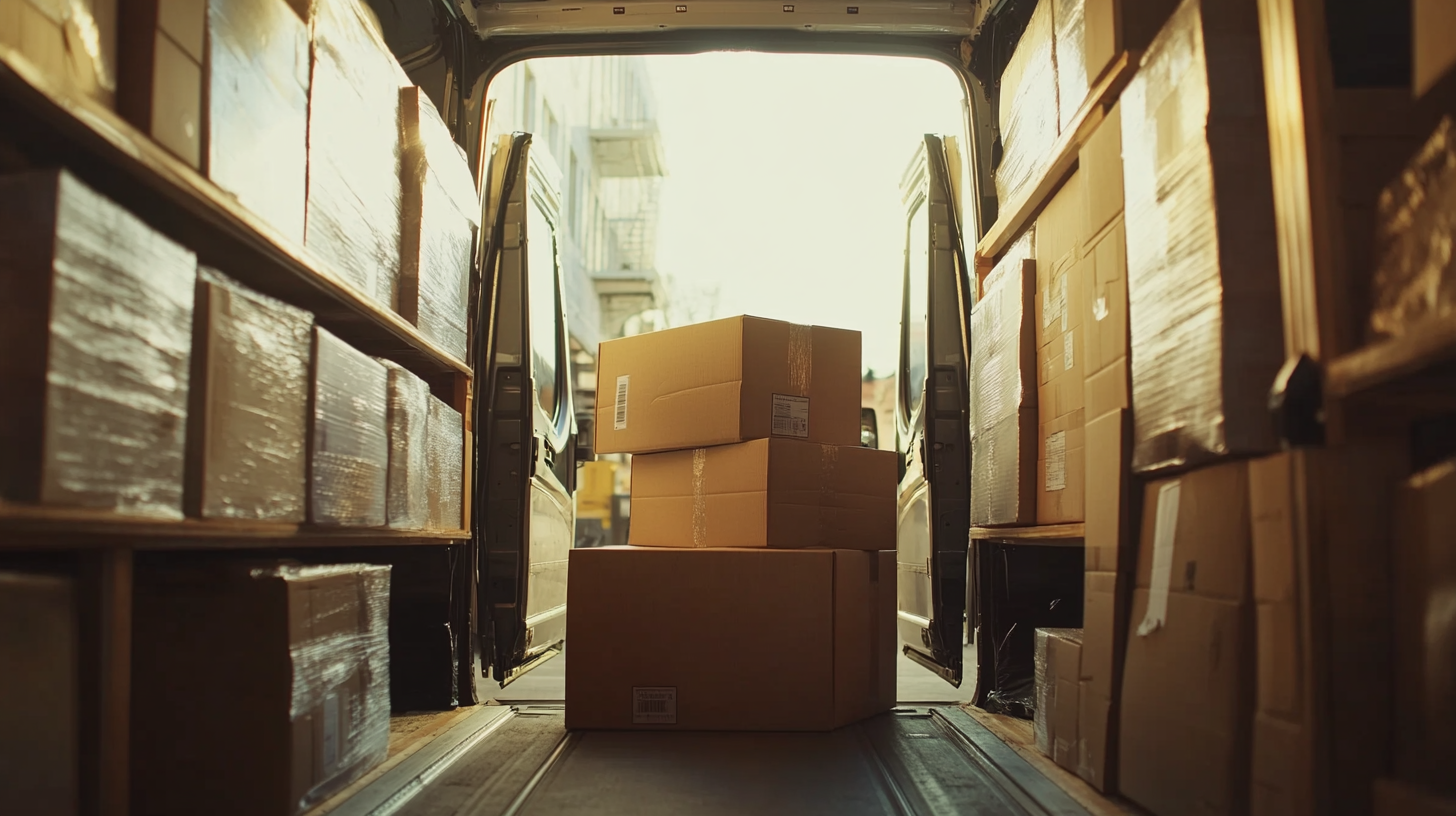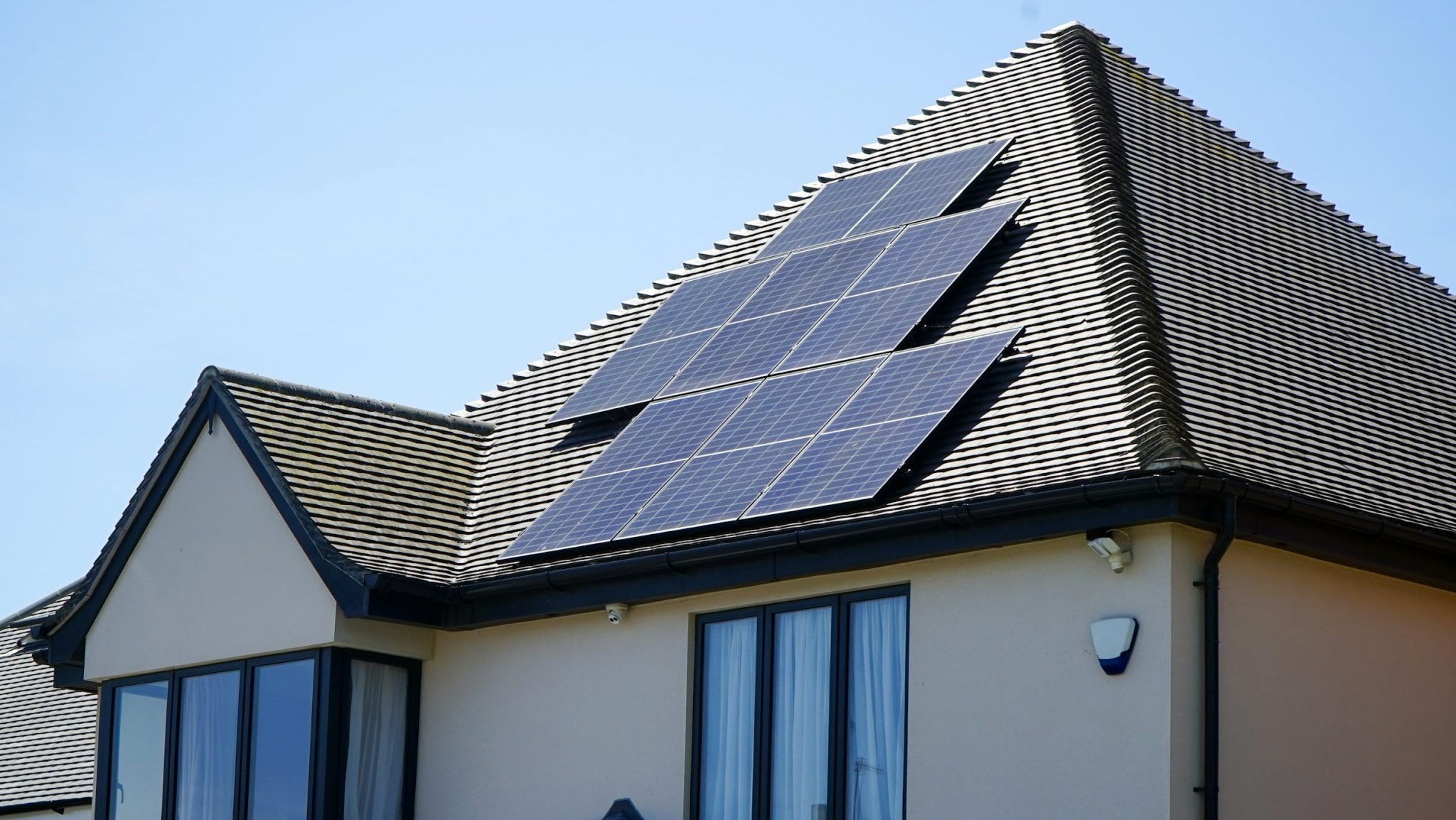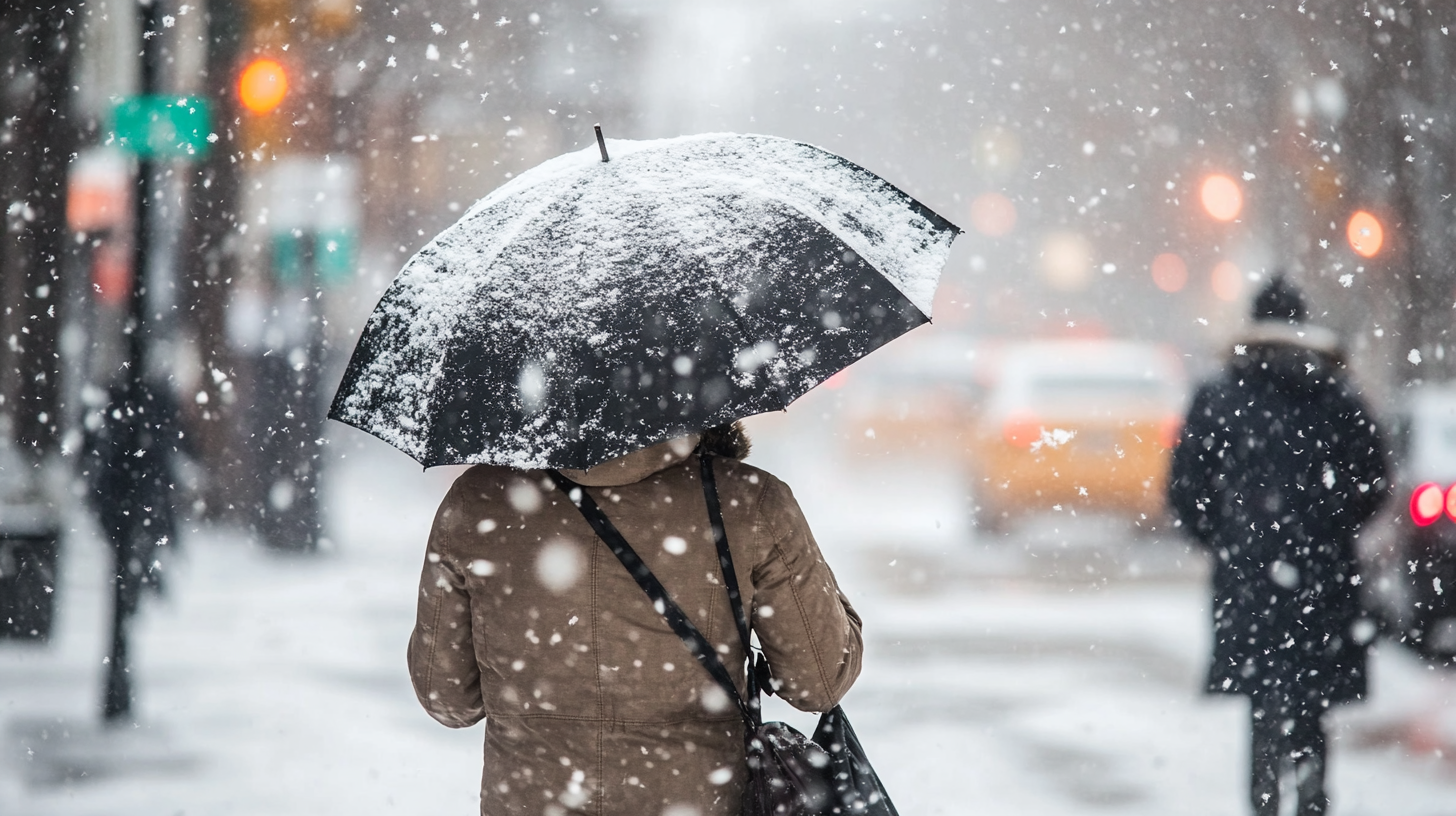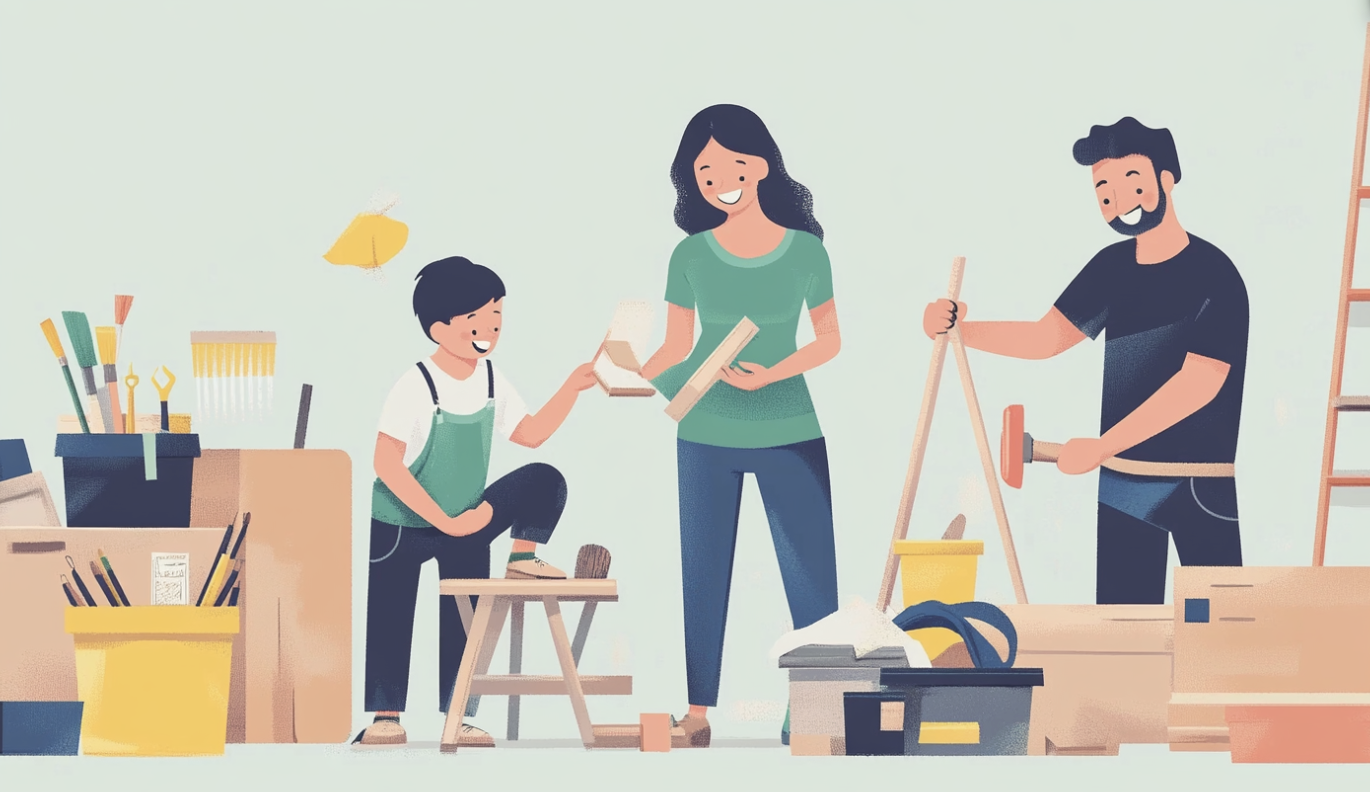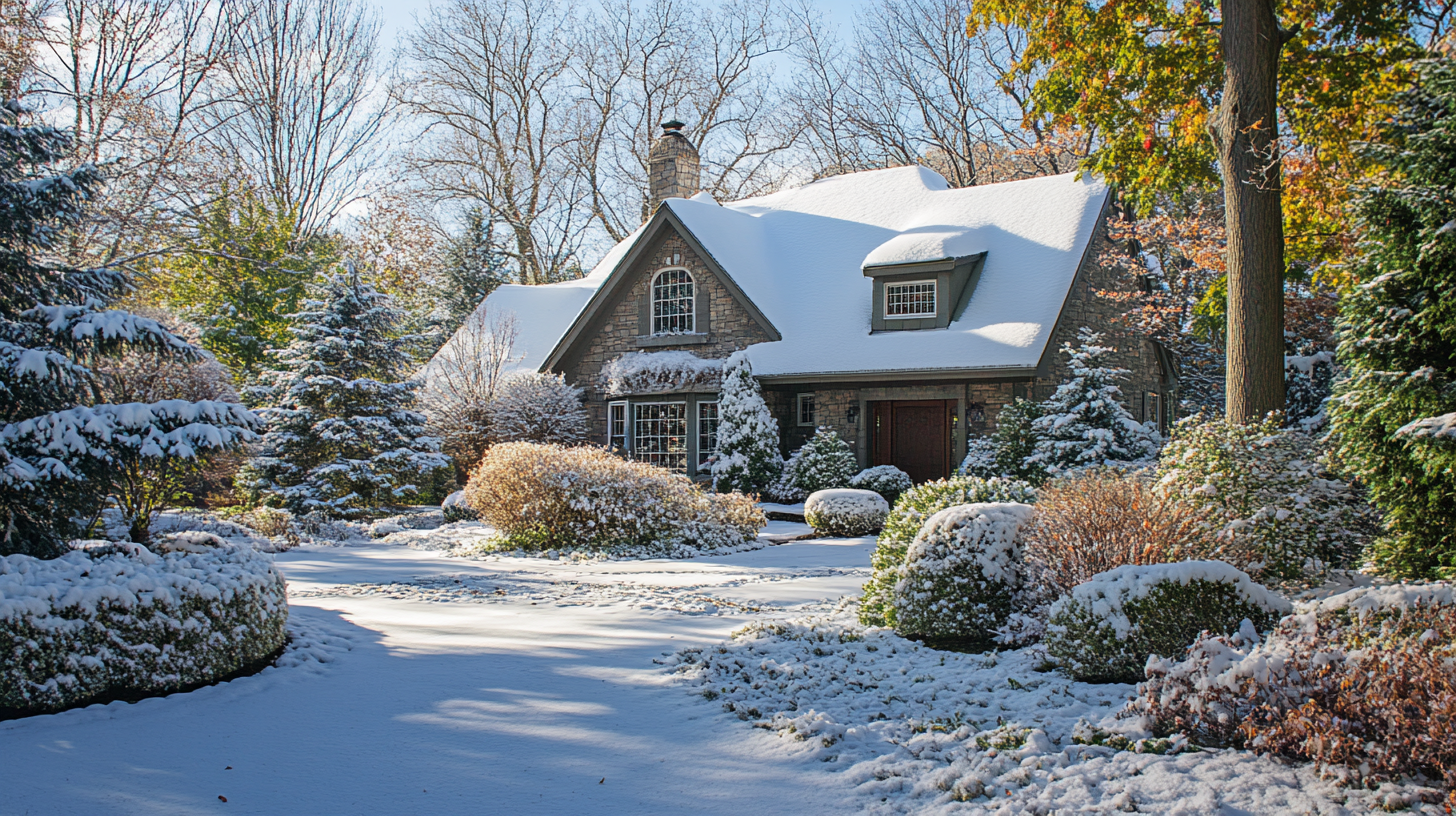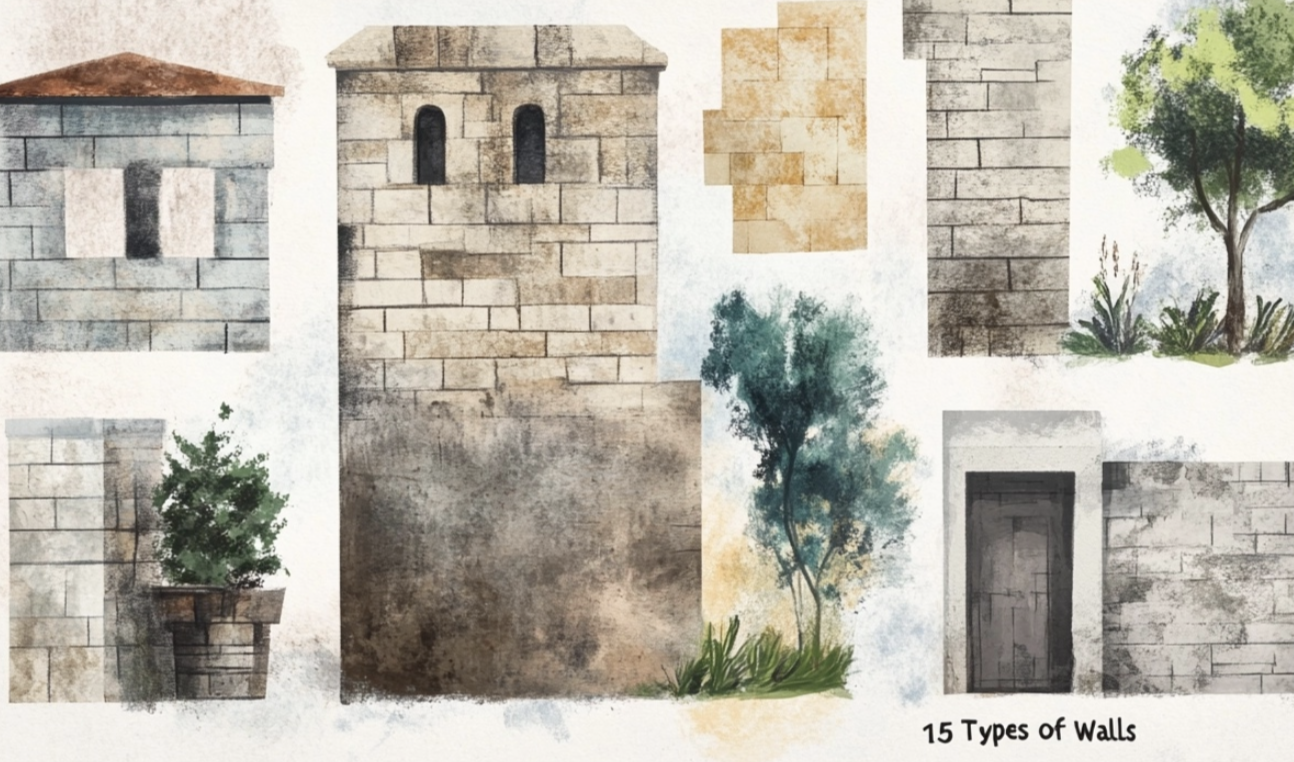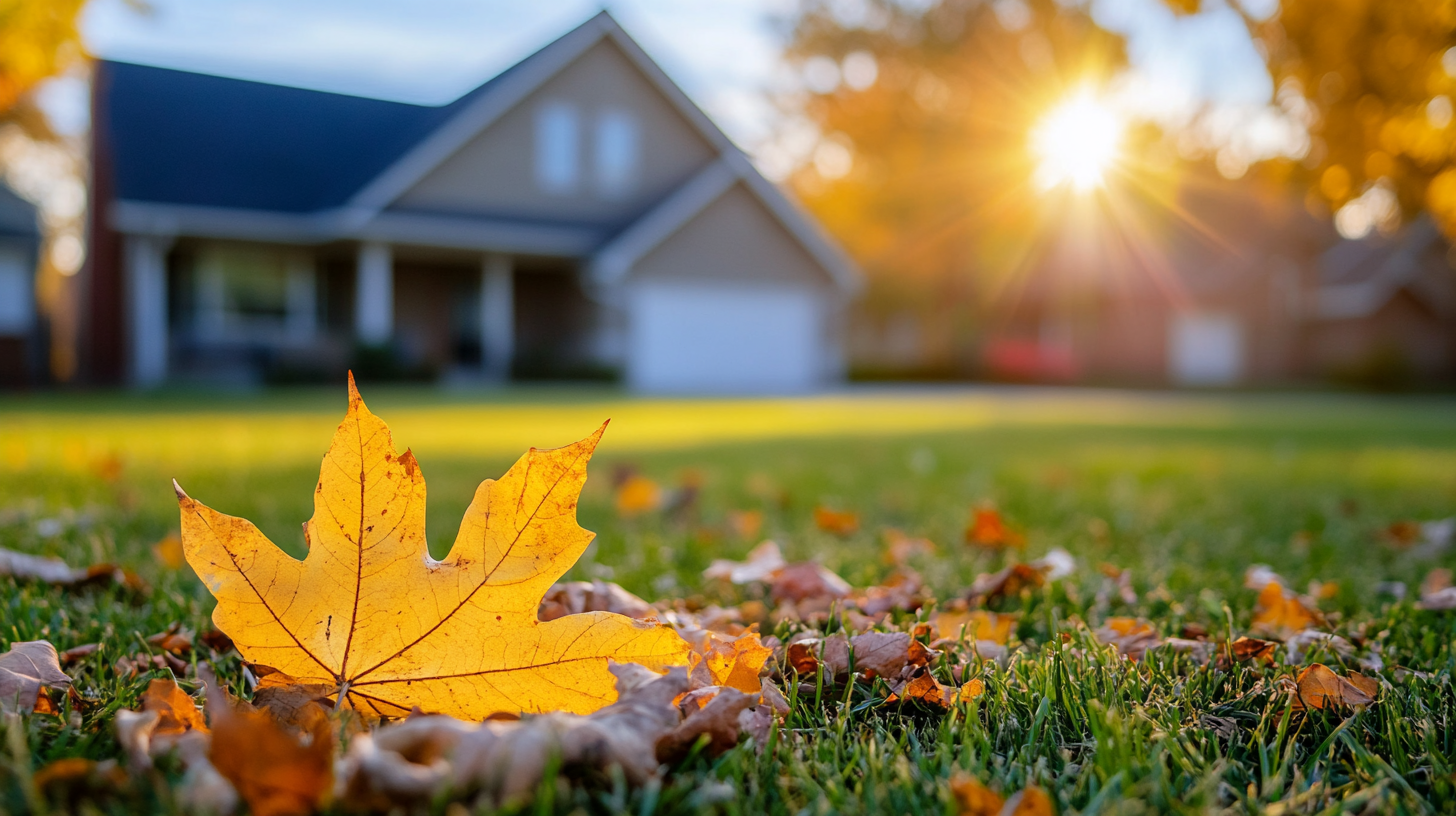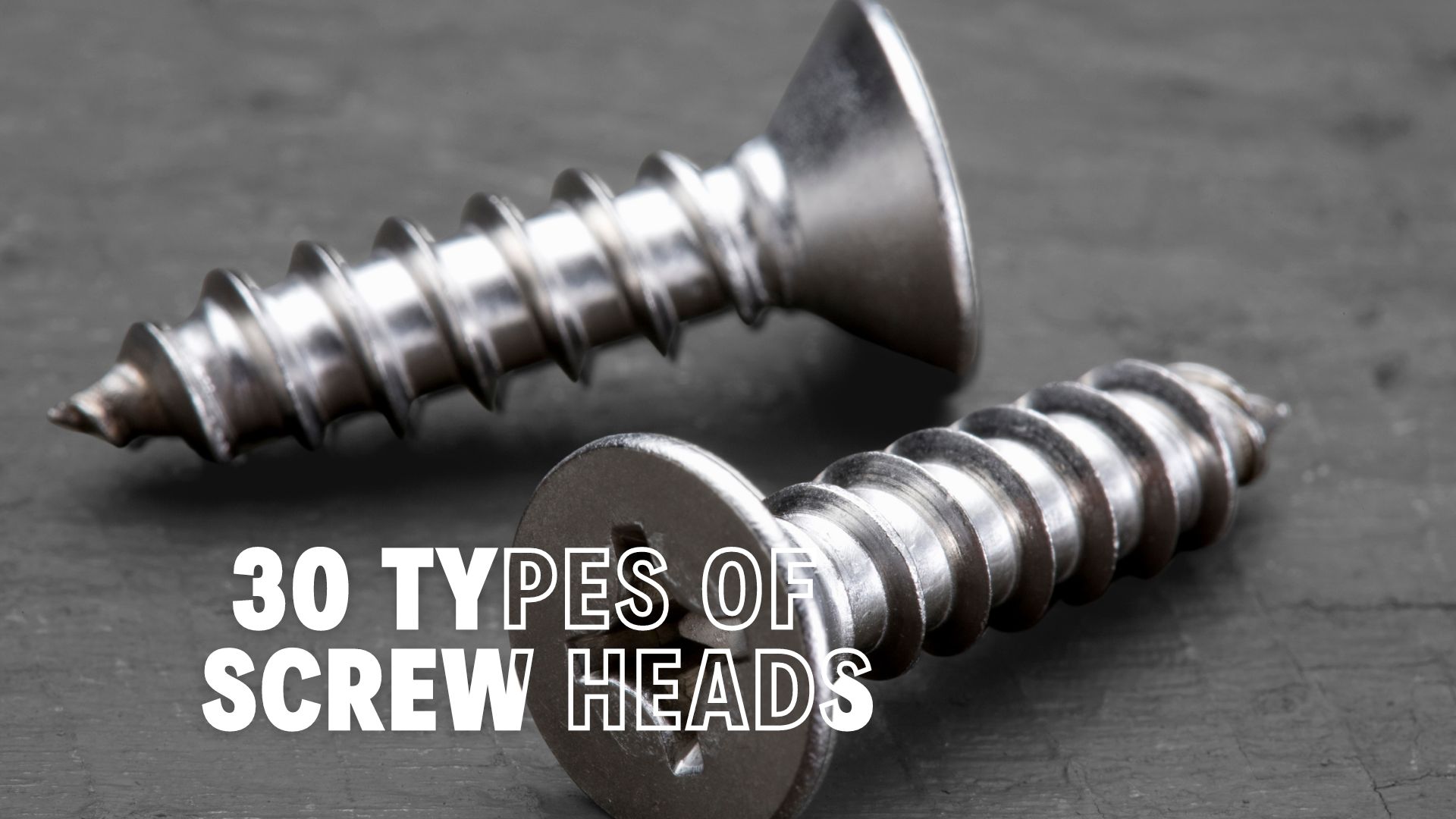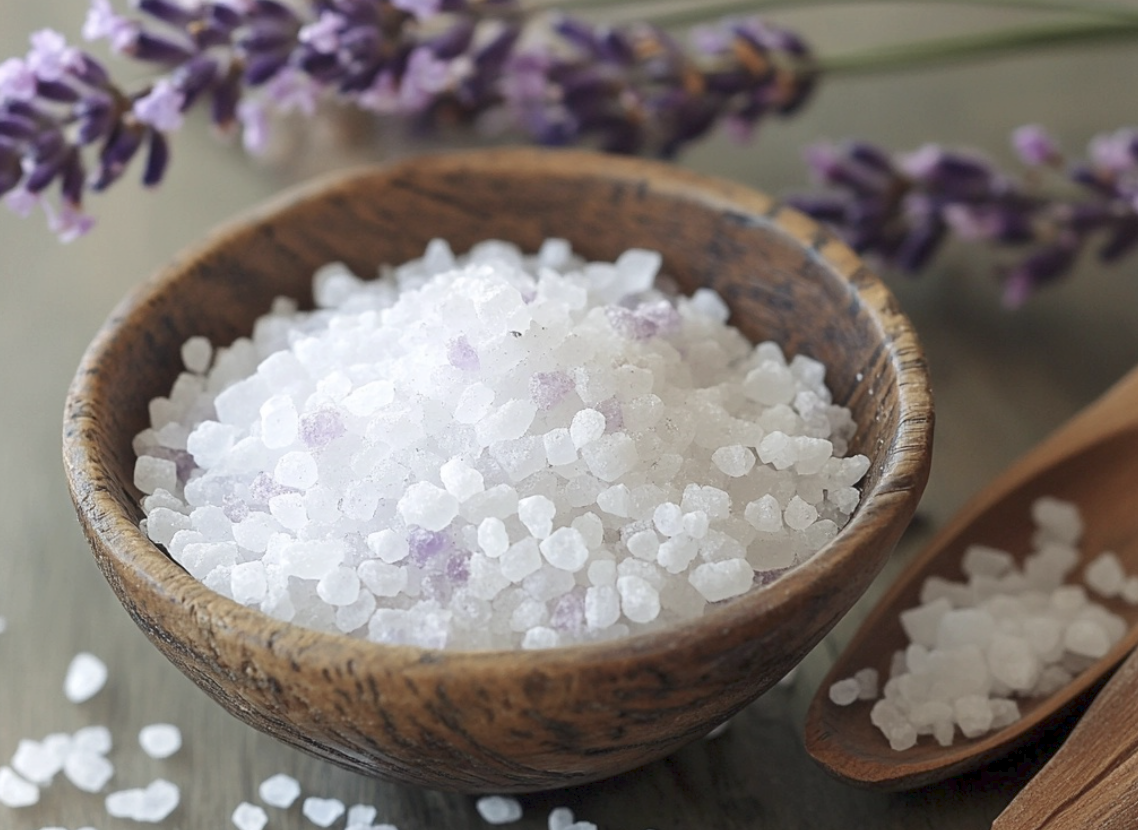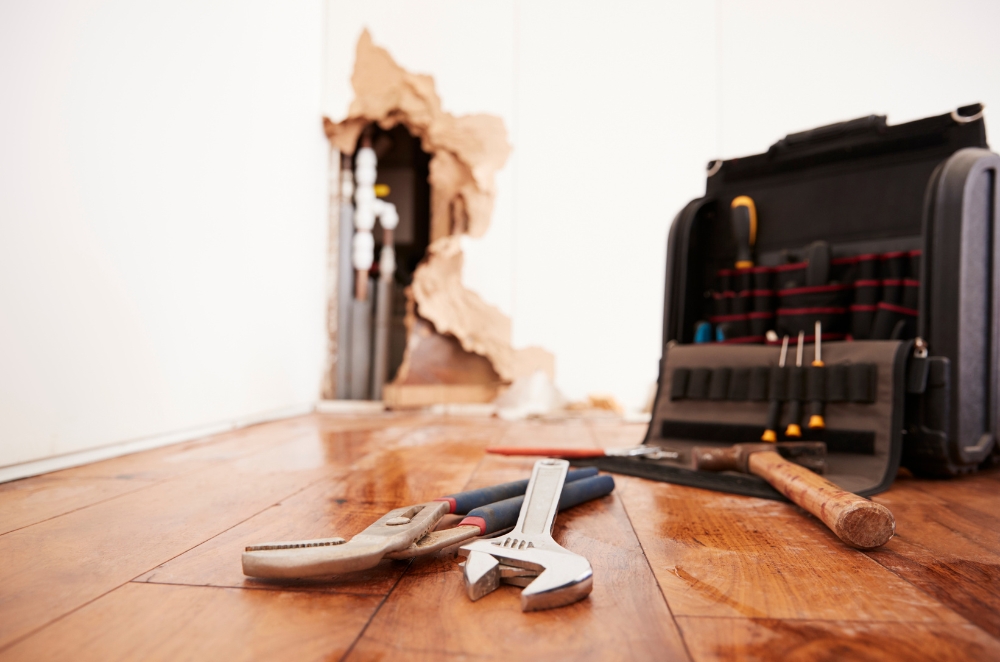
It sounds terrible, but water damage can turn a comfortable home into a chaotic mess; it can be anything from bursting pipes to leaking roofs and affects everything from your belongings to your mental well-being. In these situations, speed and efficiency will mean everything to minimise damage and return your home to its original state.
Fortunately, many licensed and insured plumbers specialise in water damage restoration and do an excellent job, even with the most involved cases. Experienced professionals who are licensed and insured to take care of repairs, from plumbers to plasterers, know just how to trace the source of the leak in record time, repair it, restore the damages, and bring hope and a sense of reassurance when everything seems to be going haywire.
Below, we will get down to brass tacks-water damage restoration from plumbing and plastering to restoring your home to its original condition. We also provide some excellent tips on preventing further damage due to water and guide you in choosing the right restoration company suitable for your needs.
Understanding the damage
Water damage restoration begins with a proper assessment of the damage. The source of the leak, the type of water, grey or black, and the extent of the area affected need to be identified.
- Identifying the source of the leak: It may include checking the pipes, faucets, and appliances for any sign of wear and tear or rusting.
- Water classification determines its nature. Clean water is not threatening, while grey water encompasses contamination from laundry or dishwashers. Highly polluted water, such as black water, poses the most health risk because it may contain sewage or other hazardous materials. Understanding these helps understand the level at which the damage can be rated and act accordingly with caution.
- Assess the damages: Pinpointing the actual places on walls, ceilings, and floors where specific damage is located, together with personal property.
The role of plumbing and plastering
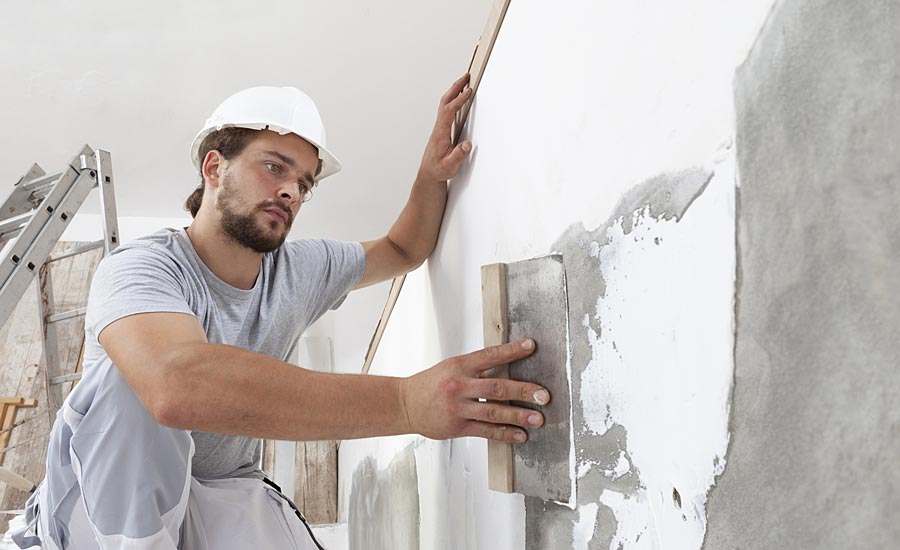
The two most essential things in water damage restoration are plumbing and plastering. As much as possible, plumbers would repair or replace those possibly damaged plumbing systems, fixtures, and appliances. In contrast, plasterers do restorative work on walls, ceilings, and other surfaces water could have touched, focusing specifically on techniques for effectively plastering walls to ensure a smooth and durable finish.
Plumbing:
- Leaks locating and repair: Plumbers use specialised tools and techniques to identify and fix leaks in pipes or fittings. This can include replacing damaged pipes, fastening loose fittings, or repairing corroded sections.
- Damaged fixture replacement: Plumbers will replace seriously damaged fixtures, such as sinks, toilets, or showers/bathtubs.
- Water system restoration: Where water supply and circulation have been disrupted, plumbers may restore the system to its original working state by clearing blockages, repairing valves, or replacing damaged ones.
Plastering
- Damaged plaster removal: Plasterers will remove plaster damaged by water. They will carefully remove it so as not to cause more damage to any other structure at the back.
- Repair of structural damage: In case water damage has structurally damaged the walls and ceilings, the plasterers repair the underlying framework and then plaster it afresh.
- Application of new plaster: If the structural damage has been repaired, plasterers will apply a new layer of plaster to restore the surface to its earlier look. This might involve several coats of plaster and skimming and sanding finish techniques.
- Matching existing finishes: Plasterers will carefully match new plaster to the existing finishes in the room. This is necessary to ensure that the results are non-obtrusive and visually attractive, maintaining the aesthetic appeal of your home even after restoration.
The restoration process
The water damage restoration process is comprehensive and meticulous, involving several key phases. Each step, from drying up the water to repairing structural damage, is carried out with precision to ensure the safety and stability of your home.
- Drying up the water and extraction: First, excess water must be removed with the help of particular appliances like pumps and dehumidifiers. The area where water accumulation was found must be dried so that mould does not grow further and more damage is caused.
- Repair of structural damage: If a building has structural damage due to water, repairs may be necessary to ensure its safety and stability.
- Sanitation and Disinfection: When the water has been extracted and the building fixed, absolute sanitation and disinfection of the affected parts are needed to rid the building of harmful bacteria and mould.
- Cosmetic restitution: This last stage involves restoring the affected portions to their original look. This can be done through painting, changing floors, or other cosmetic adjustments such as repairing or replacing damaged furniture, curtains, or other decor items.
Tips for prevention
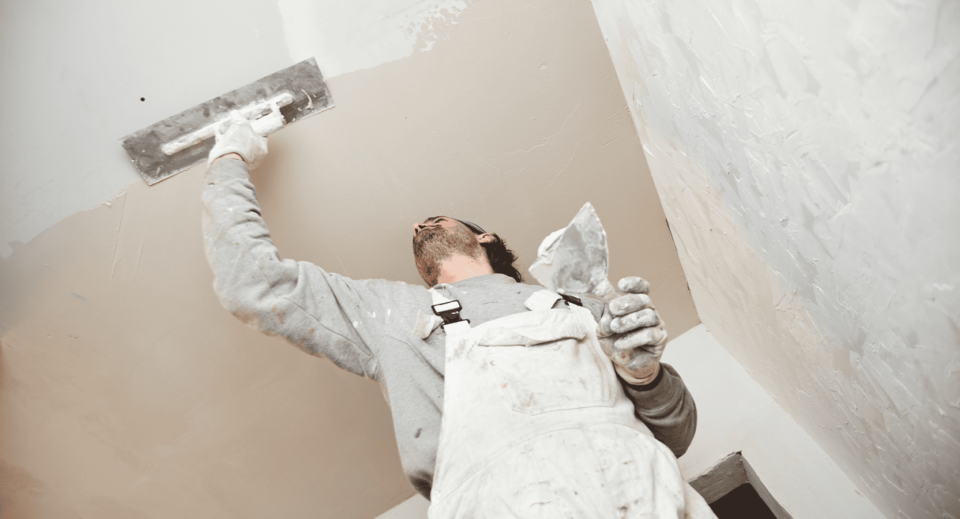
Though not entirely impossible, here are some ways to reduce the likelihood of occurrence:
- Regular plumbing check-ups: Regular plumbing check-ups and addressing leaks are crucial to protect your home from water damage. Knowing your plumbing is okay will help you prevent risks in the future, so having it checked regularly by a professional plumber may help identify and solve problems early.
- Identification and resolution of leaks: Leaks may create many signs, like a dripping faucet, water discolouration, and a musty odour.
- Natural disaster water damage prevention: Floods, hurricanes, and other natural disasters may cause water damage to your house, which you must take all possible precautions to prevent or minimise.
Choosing a restoration company
Proper restoration company selection is one of the most essential parts of the process. Experience, qualifications, insurance, and customer reviews can help you make the best decision and achieve the best results.
- Experience and Qualifications: The company must have a good record and an experienced working staff.
- Insurance and Licensing: they are correctly licensed and covered in insurance to protect your interest
- Customer Reviews and Testimonies: Read past customers’ reviews to determine the satisfaction level of the corporation’s services.
- Emergency services: For an emergency, such as water damage, you will want to bring in an agency that can offer emergency services anytime during and outside work hours.
Conclusion
Although water damage is devastating, it is essential to remember that with the right approach and professional help, your home can look and feel like what it used to be. By understanding just how significant plumbing and plastering are in the restoration process, taking precautions in order not to experience such tragedies in the first place, and finding a great company to do the restorations, such a disaster can be minimised so you can confidently rebuild your home.


